This white metal fencing is so distinctive and evocative. It instantly conjours childhood memories of days out, picnicking on the banks of the River Hodder. It must have been erected by the Lancashire County Council in the 1950s all around Ribblesdale and Bowland. This view is somewhere near Kirkby Lonsdale, possibly skirting Farleton Fell, a wet landscape of sheep and wind turbines. We were hoping for sunshine; there was a distant patch illuminating Blackpool Tower. And then there was a curlew, on the wall beside the road, right next to us, but in the time it took to stop and get the camera it lifted off and soared away. The closest curlew we ever saw, and it saw us closely too.
At Caton we stopped to admire the Druid’s Oak, but it had seen better days and its metal support was now bigger than the tree itself. It seemed to be hanging from a gibbet. There’s a plaque alongside:
The Fish Stones are listed by the Department of National Heritage as a site of historic interest. The three semi-circular sandstone steps, shaded by the oak tree were used in medieval times by the monks of Cockersand Abbey to display and sell fish caught from the River Lune. The ancient oak tree, reputed to date back to the time of the Druids, and the Fish Stones have become a landmark and symbol of Caton. Improvements to the site were completed in 1998 under the Parish and Community Environment Scheme.
But in Kendal we were rewarded, and the sun shone inside despite the rain outdoors…
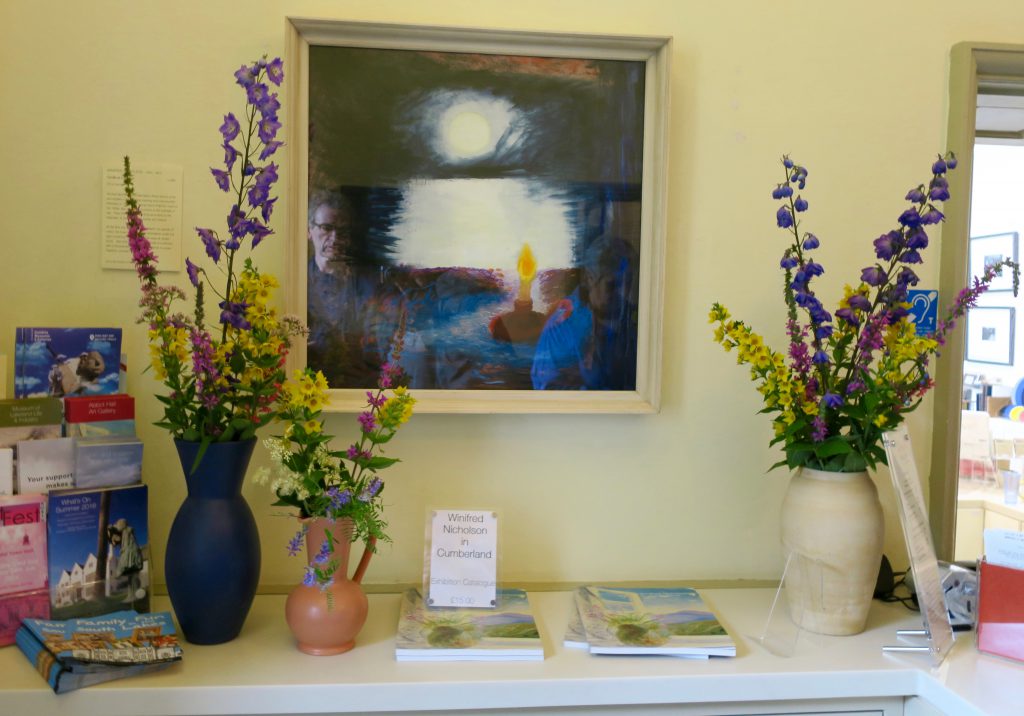
At the Abbot Hall Gallery we found a beautiful exhibition.
Sunlight in Cumberland after all the rain, it’s like no sunlight anywhere else.
Northrigg Hill, c1926, oil on canvas, Private Collection
I don’t want anything in the world – I just like existing every minute, and watching things coming and things going, and then coming again, like storms and sunshine and then storms again. I don’t want anything at all for the simple reason that I have everything, or rather, which is the same thing, everything has me…
The Sycamore, c1922, oil on canvas, Private Collection
Flower Table: Pots, c1927, oil on canvas, Private Collection
To us to say that a thing was Modern was to say that it was ‘good’, sweeping away Victorian, Edwardian, Old Theology, Old Tory views. In the new world there would be no slums, no unnecessary palm trees, no ornament – but clarity, white walls, simplicity – complete and satisfying.
From Bedroom Window, Bankshead, c1930, oil on canvas, Private Collection
Cumberland Flowers, 1946, oil on board, Private Collection
It is only in the clearest, most unclouded light of the sun that you can see the greatest attenuation and differences of hue. The same yellow is quite a different colour on a clear grey day than it is on a day of Mediterranean sunshine. So, the scale of colour is held within the fullness of sunlight, which is forever breaking apart, revealing its diverse hues, contrasts and affinities and then closing again upon this scale in the oneness of white light.
Cockley Moor, c1948, oil on canvas, Museums Sheffield
I have always lived in Cumberland – the call of the curlew is my call, the tremble of the harebell is my tremble in life, the blue mist of lonely fells is my mystery, and the silver gleam when the sun does come out is my pathway.
Boothby Hyacinths, c1950, oil on canvas, Private Collection
Candlemas I, 1951, oil on canvas, Private Collection
My house is full of Roman hyacinth white against the snow outside and purple iris dark against the shadows of the sleeping garden. It’s silent and lonely – except for the faint crackle of the logs burning in the fireplace.
Evening at Boothby, 1953, oil on canvas, Laing Art Gallery
Daffodils and Pewter Jug, 1953, oil on canvas, Private Collection
You know how much I like buds, the beginnings of things, with all the promise to come implied, but not yet stated.
Bracken and Snowflake, 1970s, oil on canvas, Private Collection
One person alone needs little – or rather not so much as a family… I have abundance. My garden is full of old time roses, that is full of fragrance – white pansies, lilies and harebells. My studio is full of paints and canvases, and Chinese paint brushes. My cupboards are full of honey and homemade marmalade. Yes, I suppose I ought not to be so contented with my windswept home… but I am happy here.
Narcissi, 1979, oil on board, Graham Ross
Christmas Cactus, 1979, oil on board, Peter Scott Gallery, Lancaster University
The world is white, deep snow, the sky is deep blue, the mountain Old Man Tindale is blinking sleepy eyes of silver blue white, and I would like to be a squirrel and sleep until my flowers come out from deep under the snow.
Accord, 1978, oil on canvas, Private Collection
With colour we can say by analogy with human feeling the type of territory of the human spirit to which we are taken by colour – and very roughly, for we are the beginning of our investigations – we know that these will not be intellectual, for colour is not intellectual.
There is a great deal waiting to be painted, and many roads to voyage. I will leave it to you to paint new colour pictures for yourself. I hope I have obliterated for you for ever the old conception that colour must be a slave to form and must be tacked down on to objects. I hope I have shown you that colour is the vital power out of which forms, objects, images, thoughts themselves, can be created.
Winifred Nicholson in Cumberland
Oval Form ‘Trezion’ · Barbara Hepworth
※
On the way home we stopped off at Packwood in Warwickshire. I think Winifred would’ve approved.
There’s a wonderful kitchen garden, and suddenly the sun was shining.
Apple Keswick Codlin
another descendant of Cumberland
As well as being a painter Winifred Nicholson also kept bees and goats and she was a keen gardener. She would’ve loved this place. It’s rich and fruitful, handmade and colourful; it’s a kitchen garden but it’s also like walking around an artists’ studio and an art gallery, both at the same time.
The house is lovely too, grown from the original 1560 timber-framed farmhouse to incorporate extensive additions and modern restorations, creating an idealised Tudor country house.
The entrance to the Yew Garden, via raised steps and through a wrought-iron gate; this theatrical display of topiary is said to contain over 100 clipped yews, perfect for A Midsummer Night’s Dream. The avenue leads to a spiral path around a single raised yew overlooking the rest of the garden.
The famous Yew Garden containing over 100 trees was laid out in the mid-17th century by John Fetherston, the lawyer. The clipped yews are supposed to represent ‘The Sermon on the Mount’. Twelve great yews are known as ‘The Apostles’ and the four big specimens in the middle are ‘The Evangelists’. A tight spiral path lined with box hedges climbs a hummock named ‘The Mount’. The single yew that crowns the summit is known as ‘The Master’. The smaller yew trees are called ‘The Multitude’ and were planted in the 19th century to replace an orchard.
In the Head Gardener’s Office there’s information about the plants and the design of the garden.
The flowers on the window sill are echoes of Winifred Nicholson.
The oval window brought to mind a picture I’d framed recently…
Oval Form no.2 – Barbara Hepworth
I was asked to copy a Ben Nicholson frame. The image is an homage to Naum Gabo,
and the triangles remind me of the prism on the cover of The Dark Side of the Moon.
Accord – Winifred Nicholson
And on the subject of prisms, here’s an excerpt from Winifred Nicholson and the Just-out-of-Sight, a lovely appreciation of the artist by Christopher Neve –
By the time I knew her, she made frequent use of a prism which she carried with her everywhere in order to see colours beyond the limits of normal vision. In its way, this gave her physical access to the unseen. She was passionately fond of rainbows, especially double rainbows, and never ceased wondering at them, trying to analyse their colours. Her painting journeys to the Hebrides were partly undertaken because the islands were a rainbow hunting ground. But with the help of a prism she could see rainbows in quite ordinary conditions. She called it a rainbow machine. It enabled her to see rainbows between one plant and another, between one tree and another, and vibrations of colour drawn up out of the earth by sunlight. In her late paintings, rainbows flicker at the edges of plants, in water, on the shoulders of forms and on the walls of her white stone-flagged rooms. The freedom with which she drew in paint meant that into her hands played the swing of the sea and nautiluses, and the rising flight of birds, but the use of a prism gave her the ultimate pretext to avoid painting objects as objects any longer, as anything more than occasions for light and colour. There was nothing now to impede the rainbow of paint wherever there was light.
Unquiet Landscape: Christopher Neve
※
Abbot Hall / Packwood / Winifred Nicholson


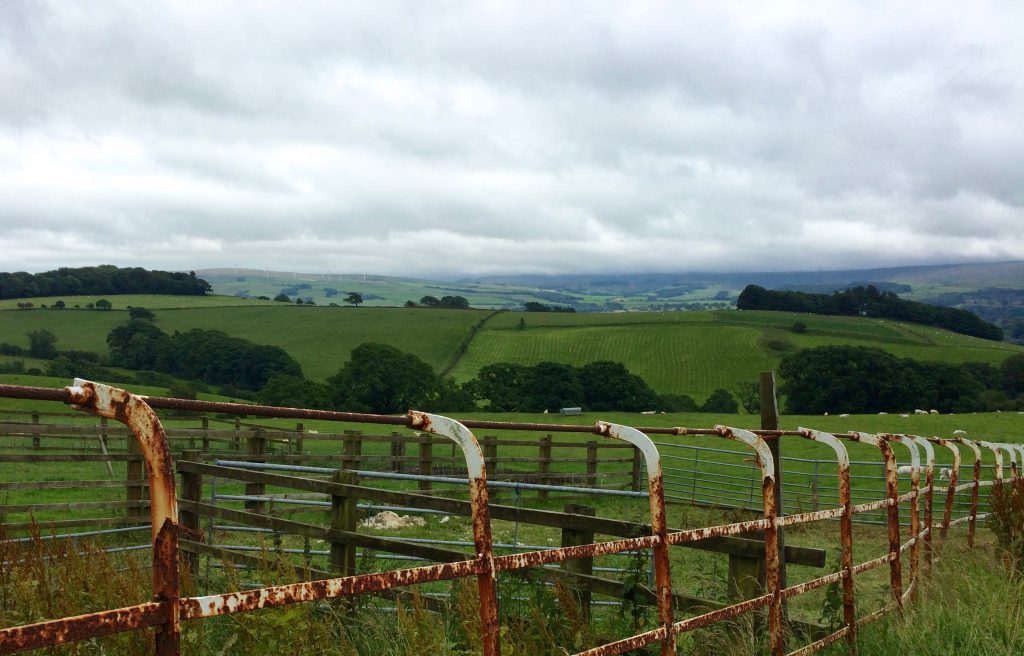
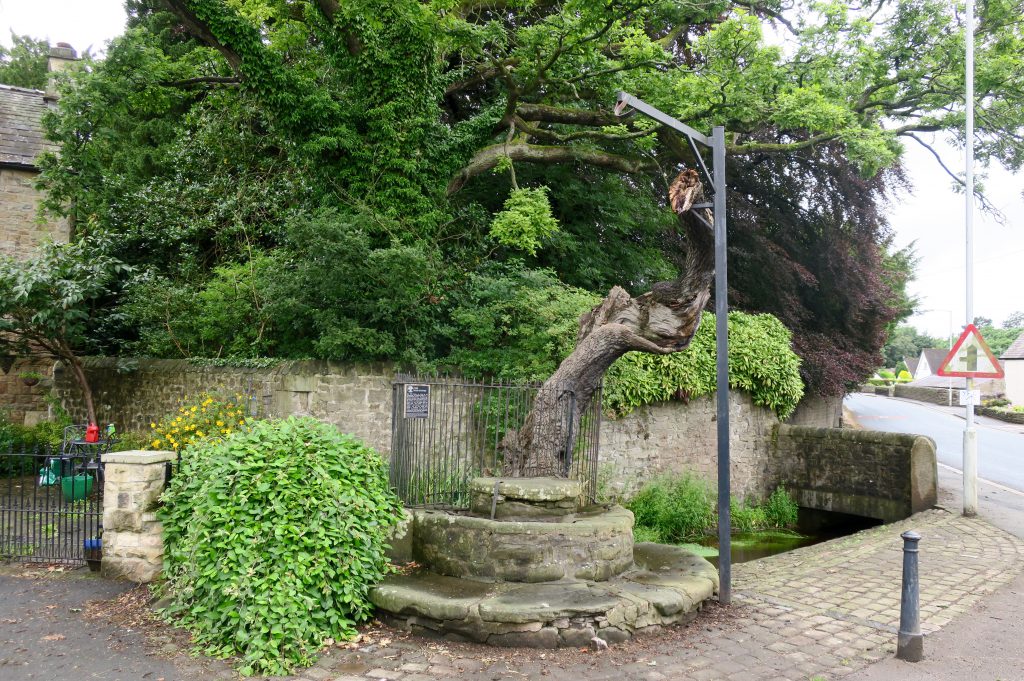
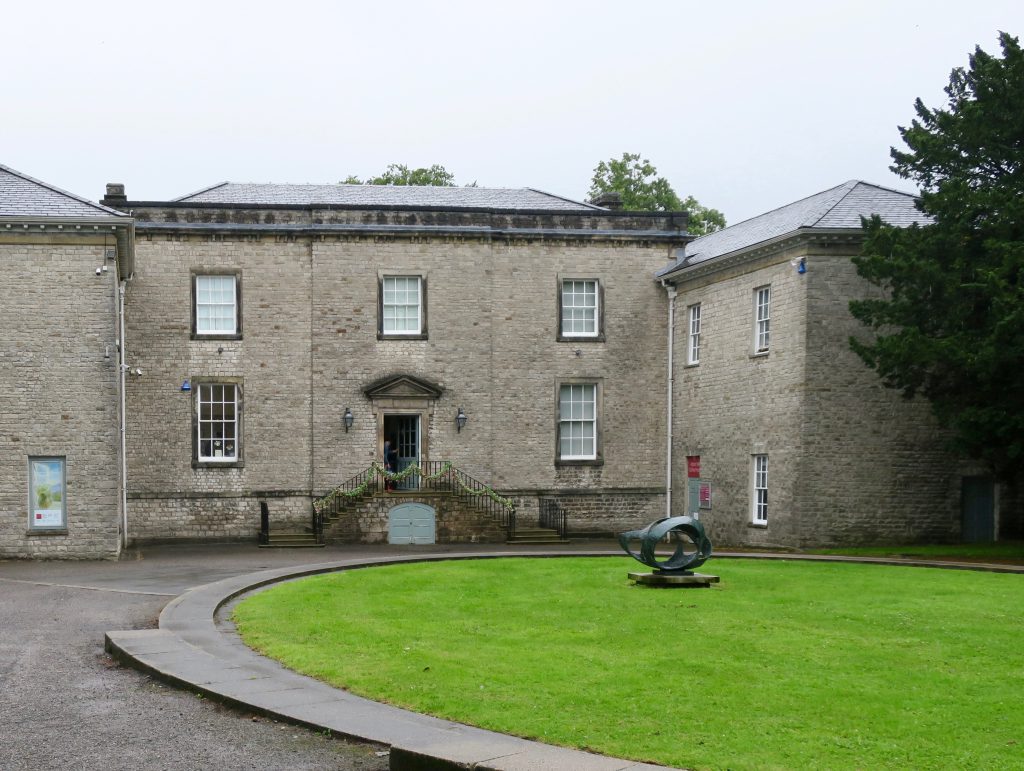
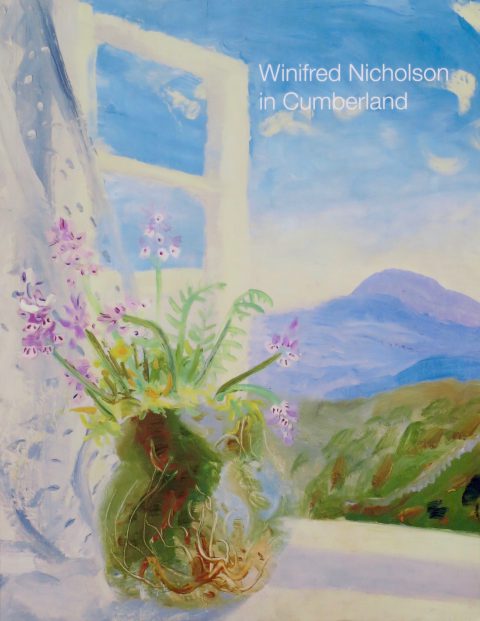
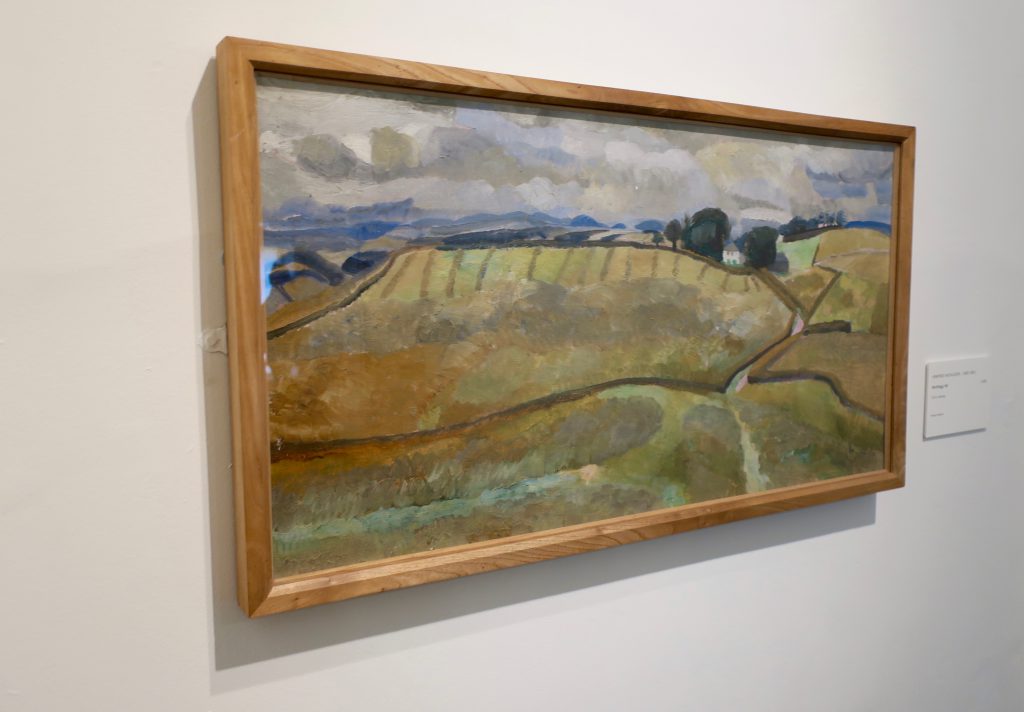

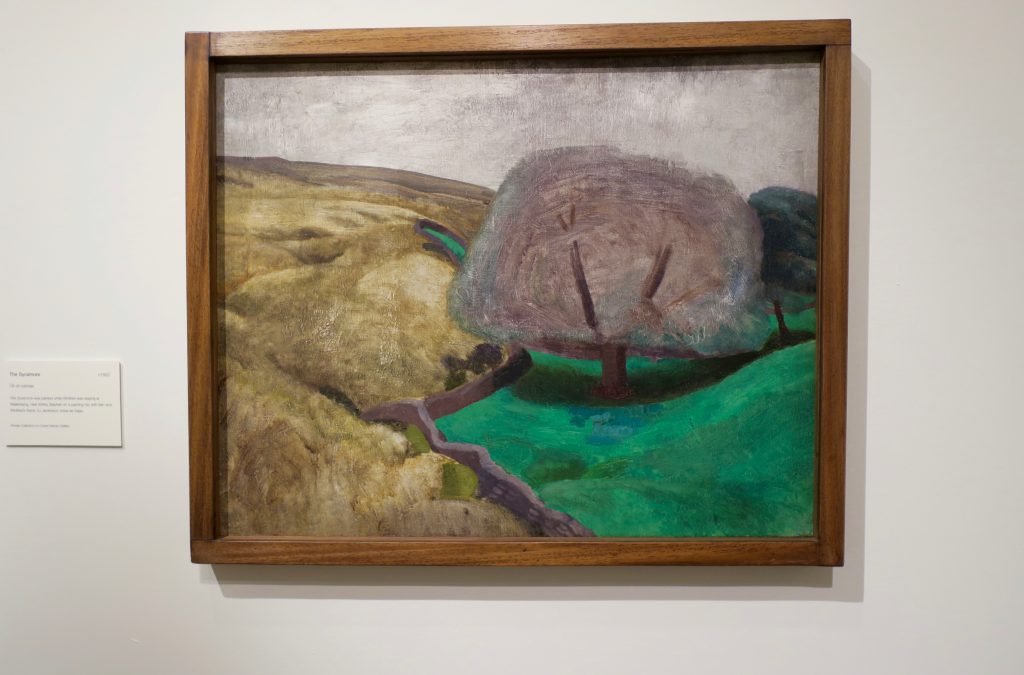
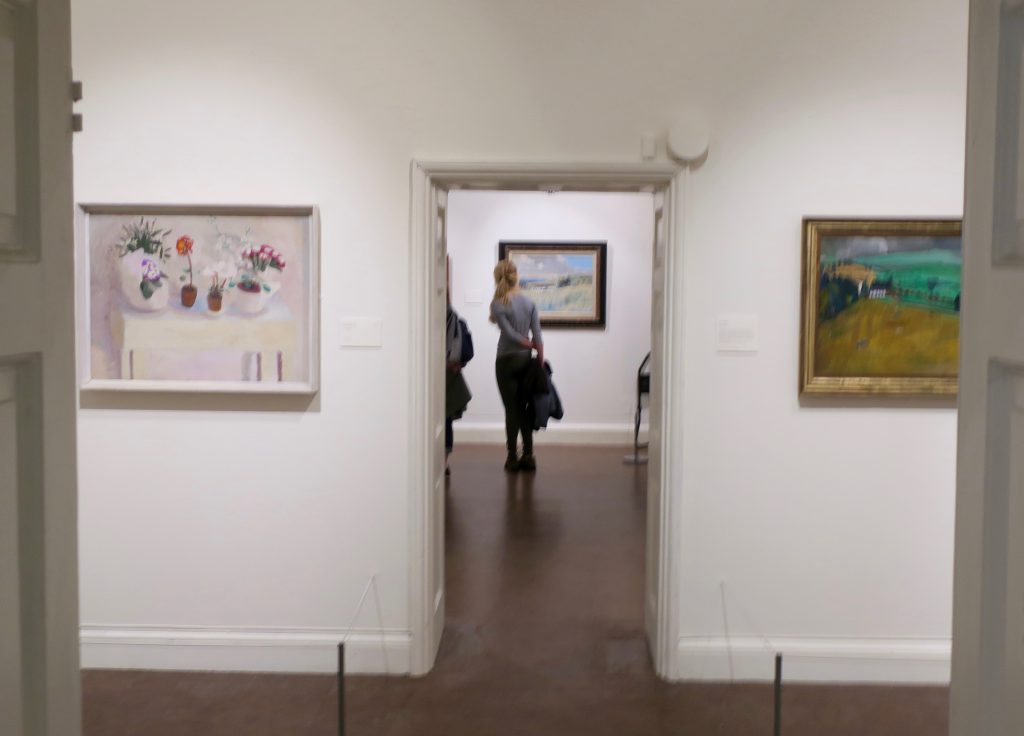

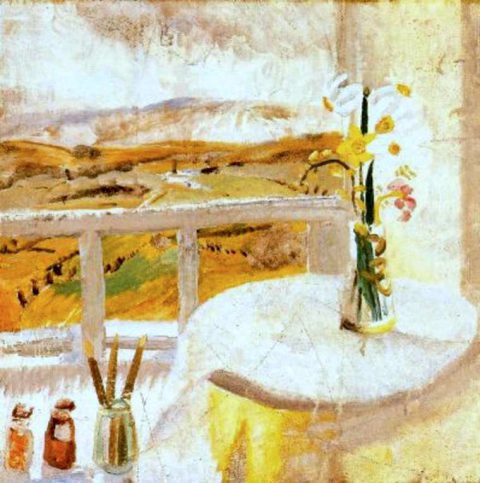


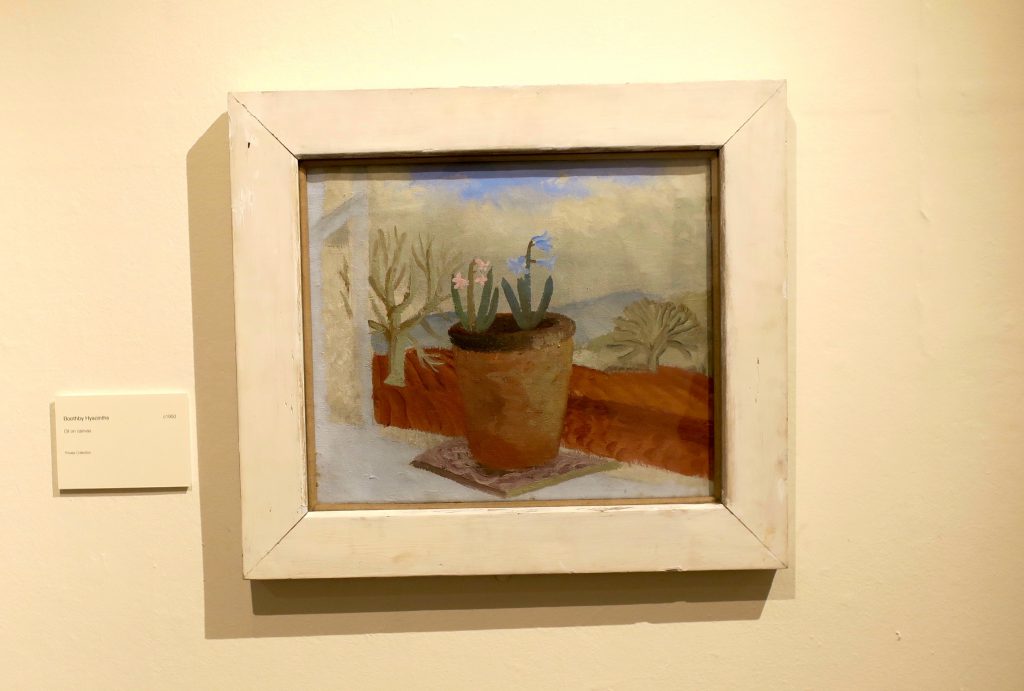




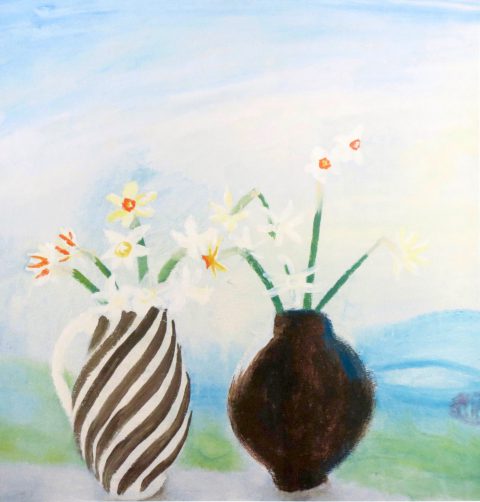
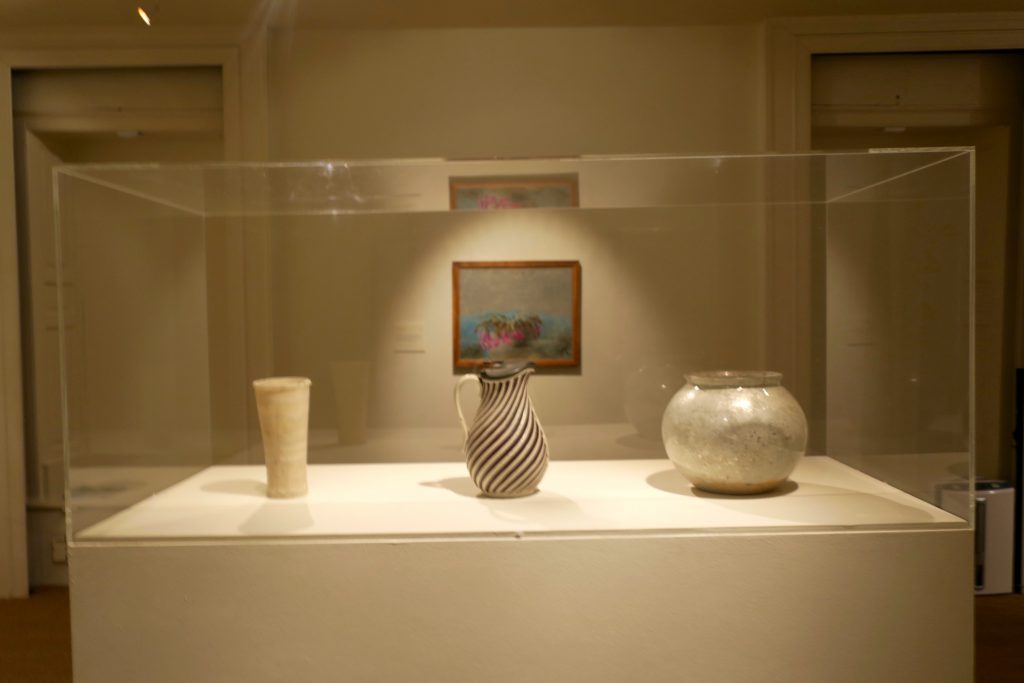

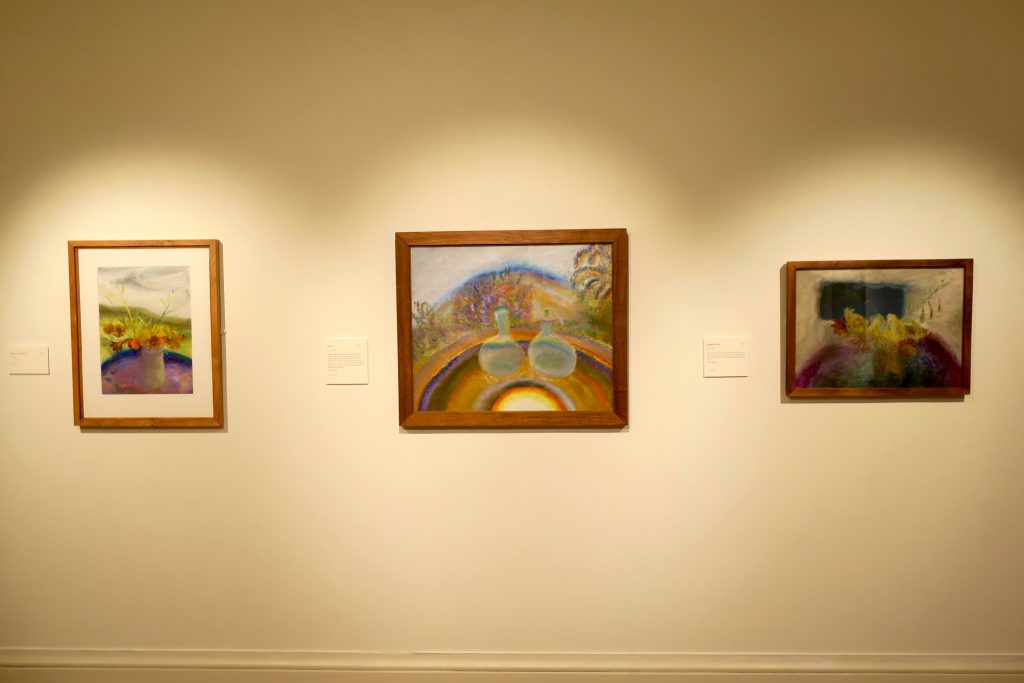
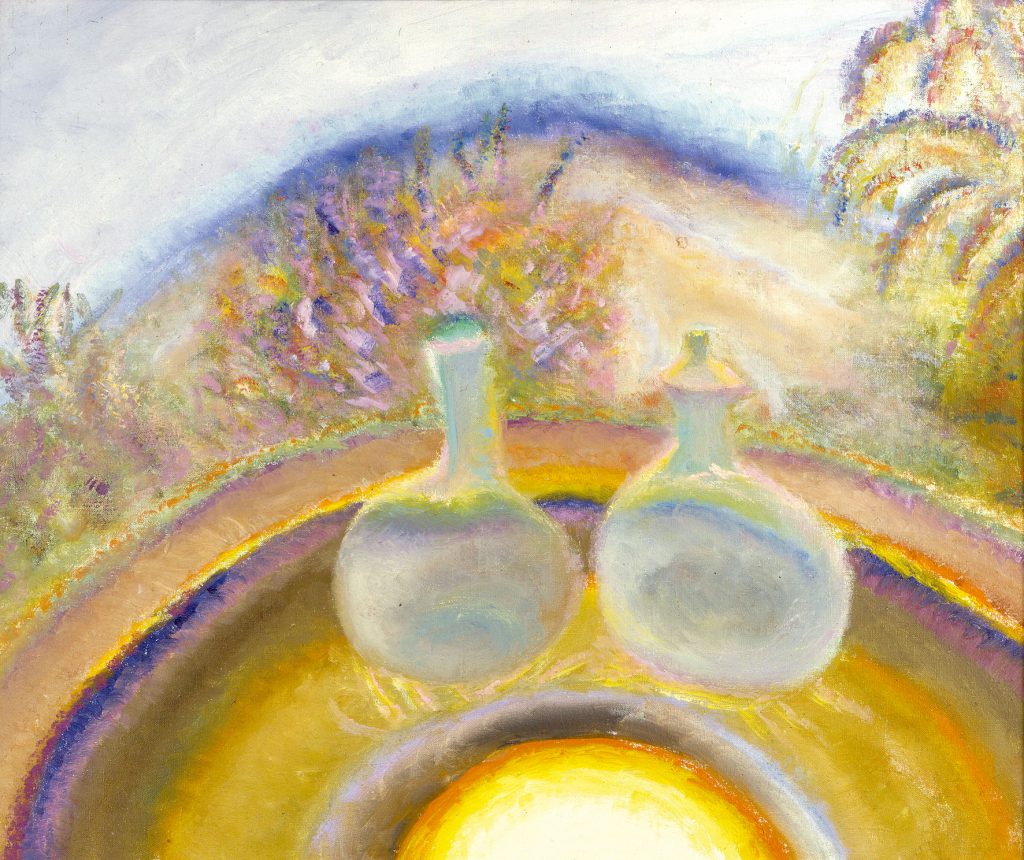
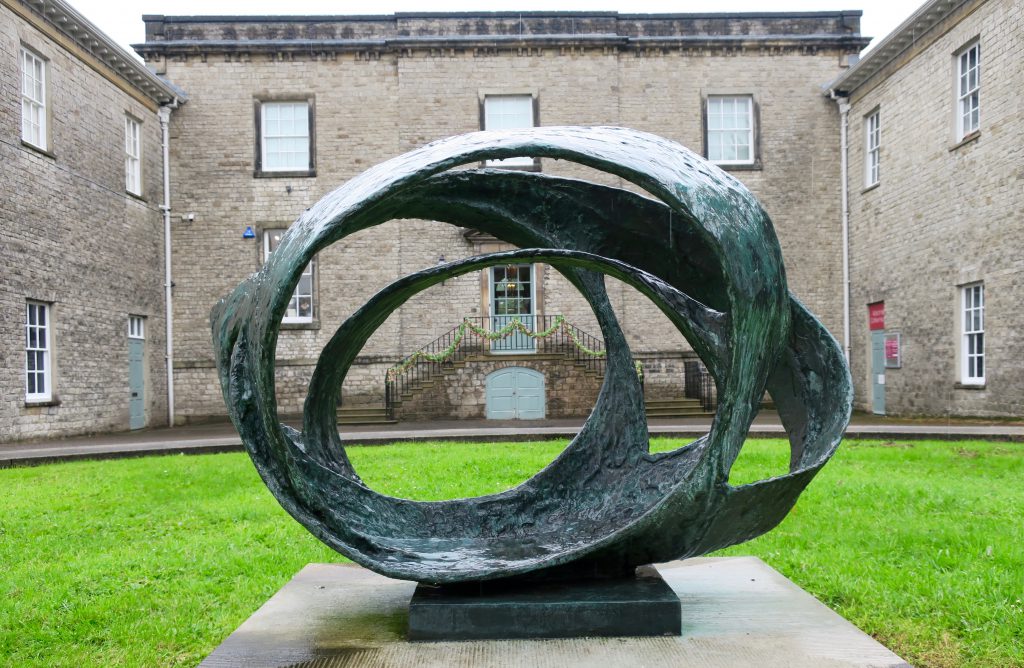
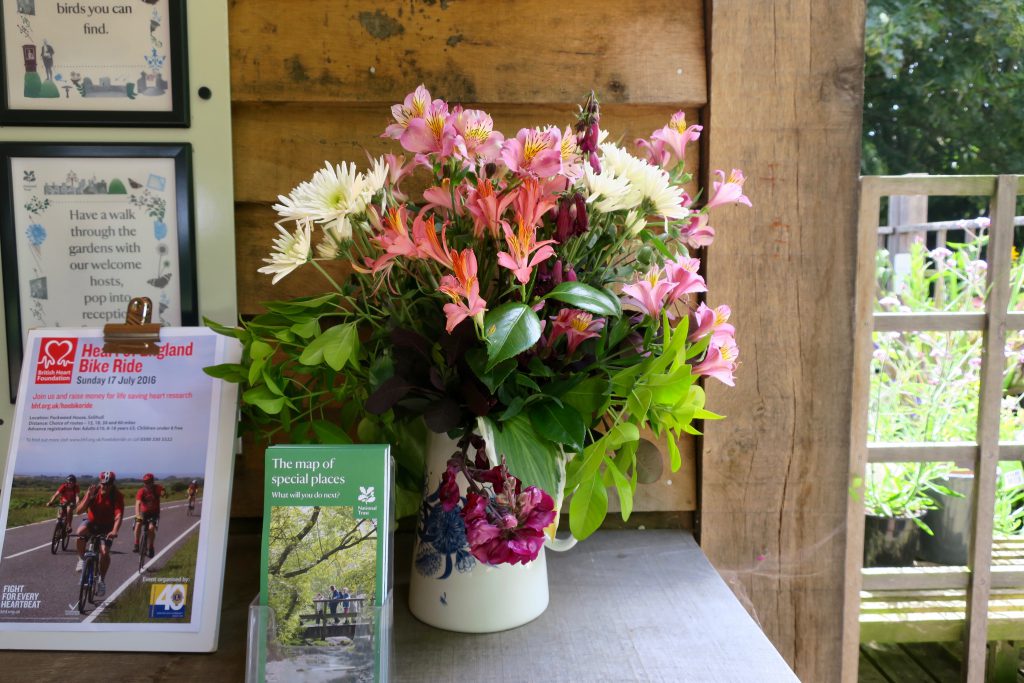
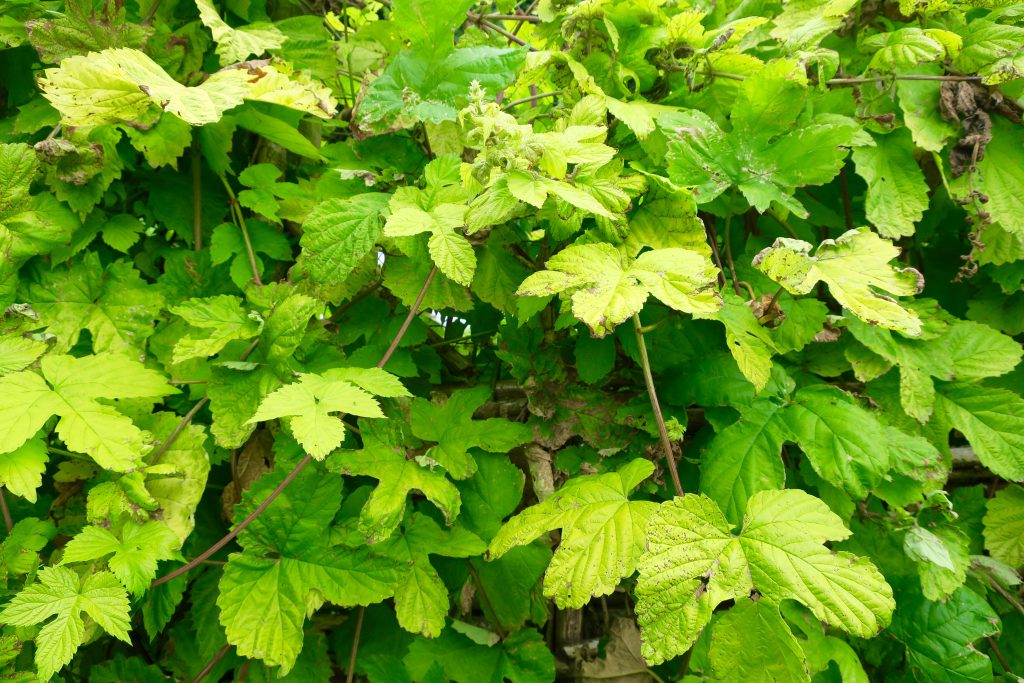
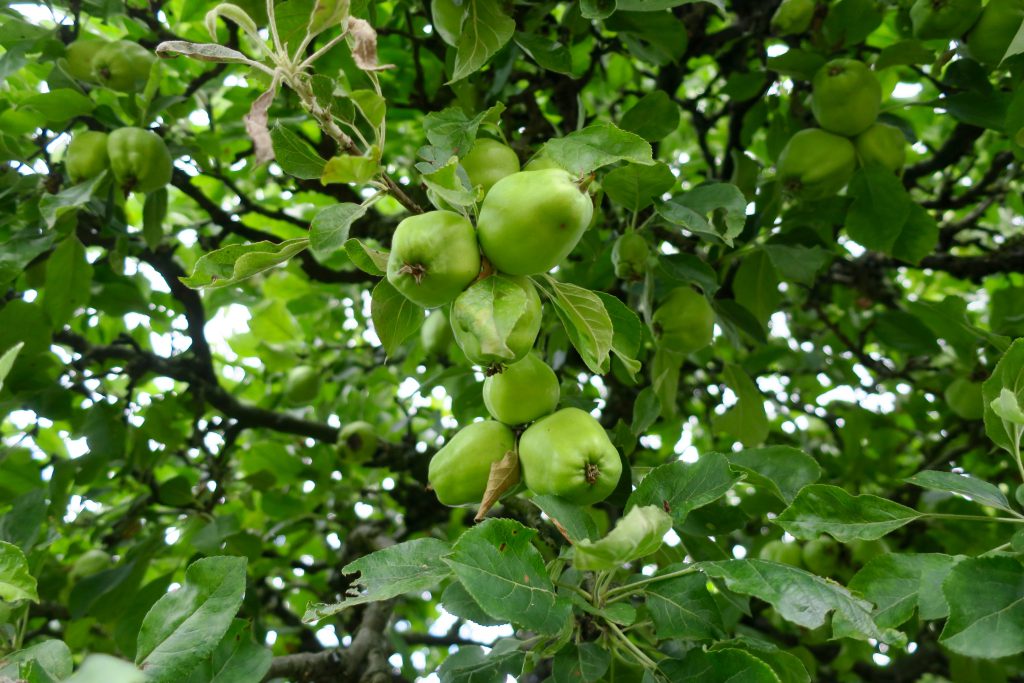
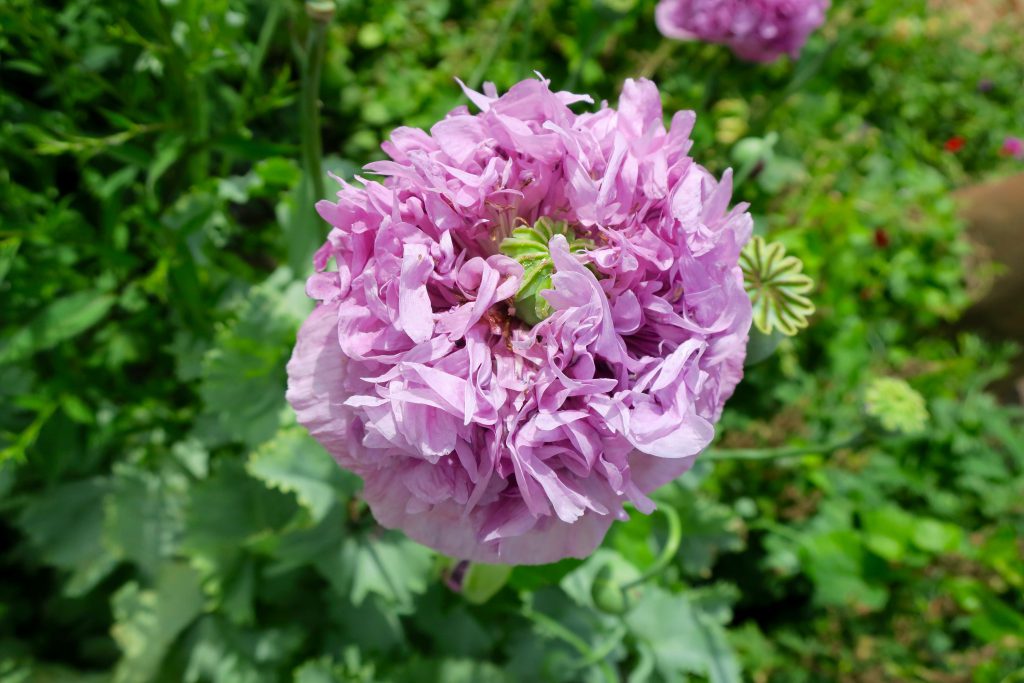
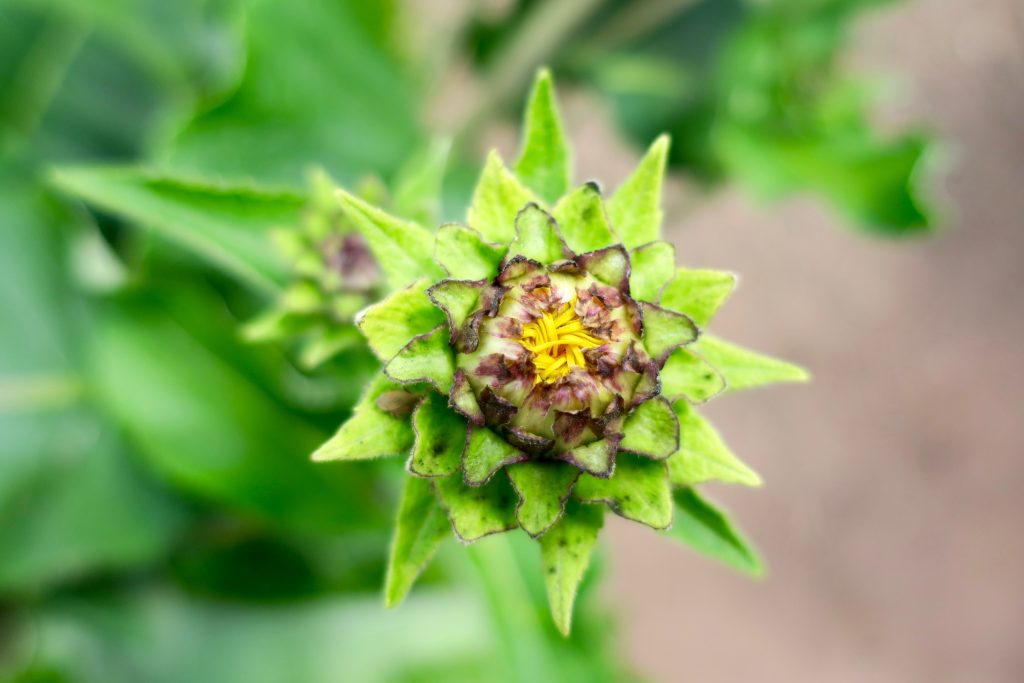
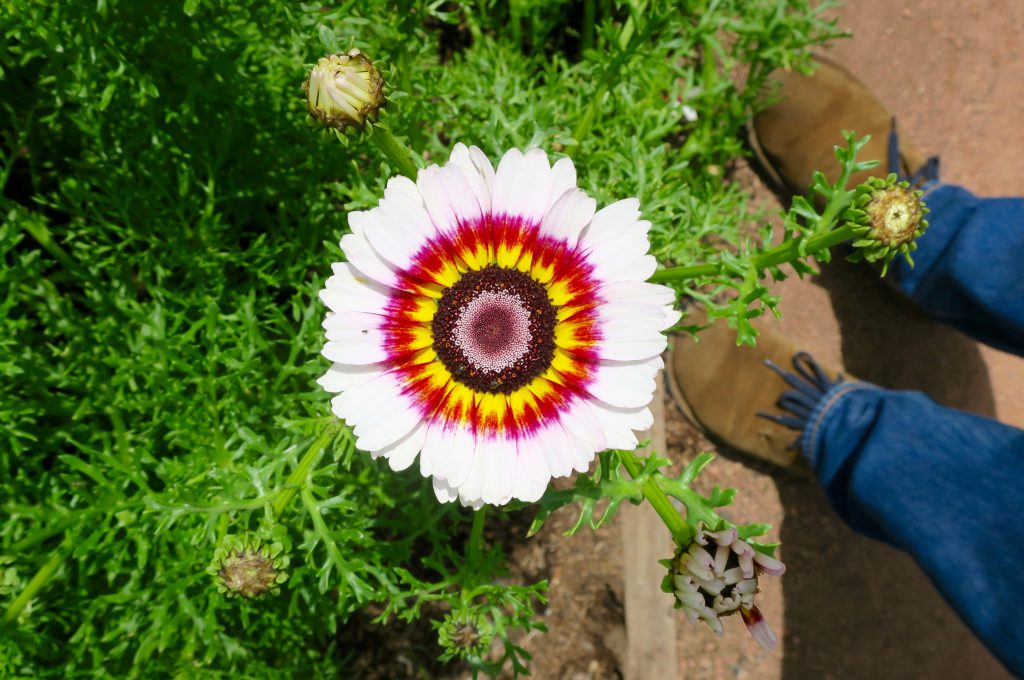
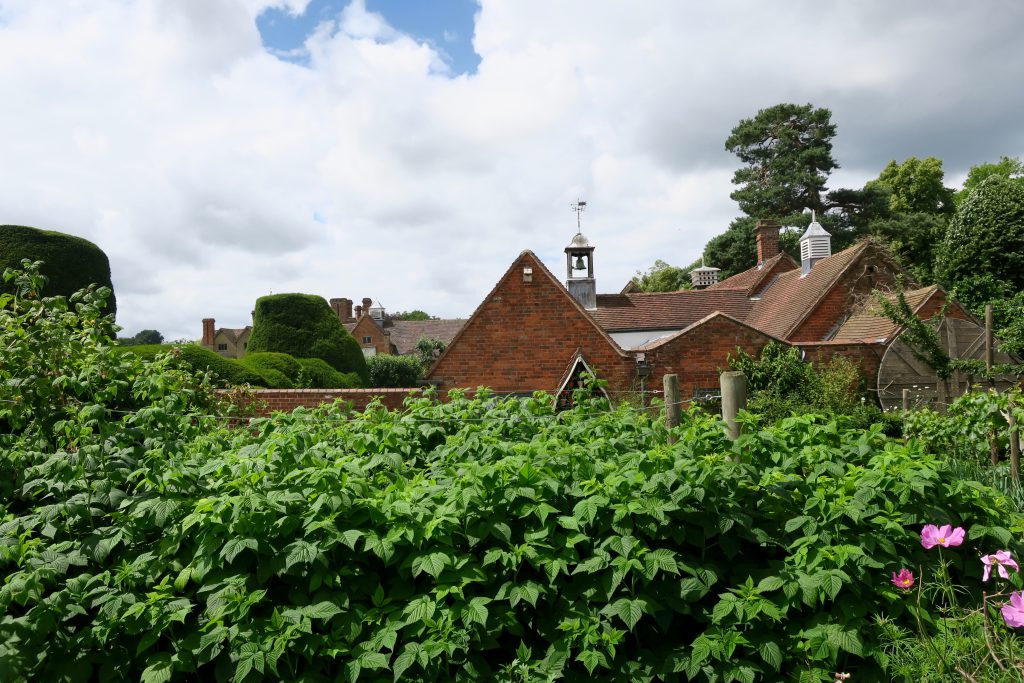
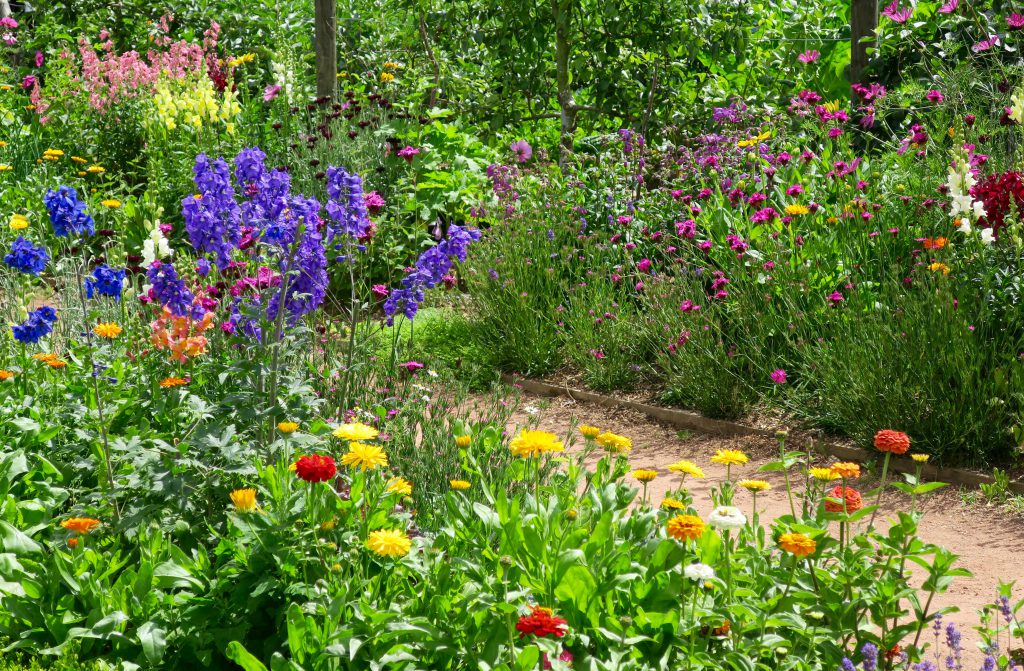
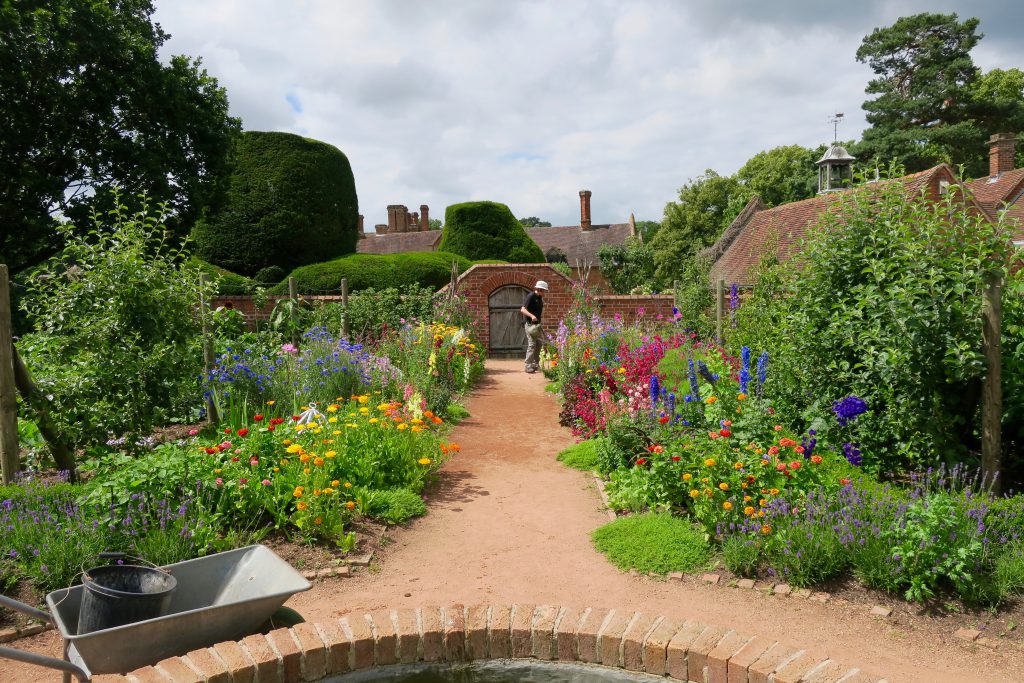
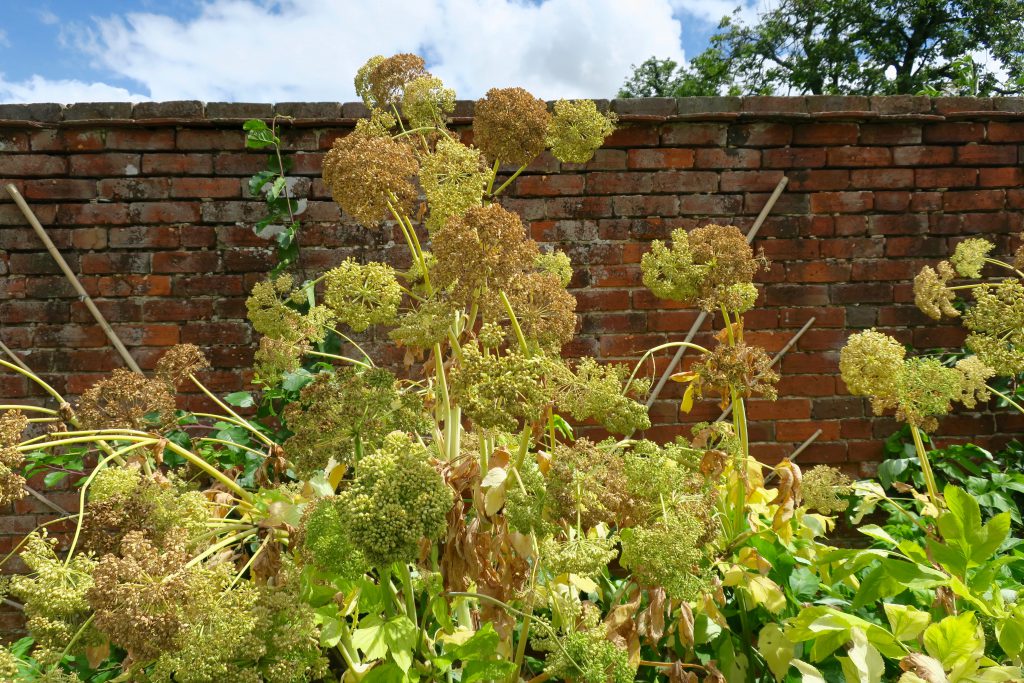
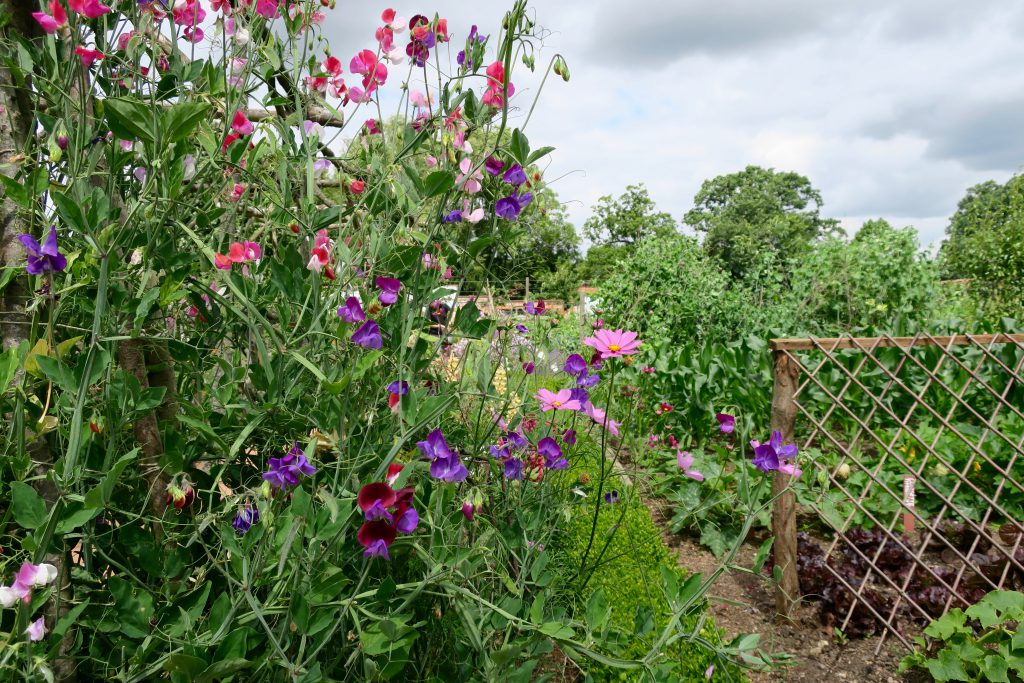
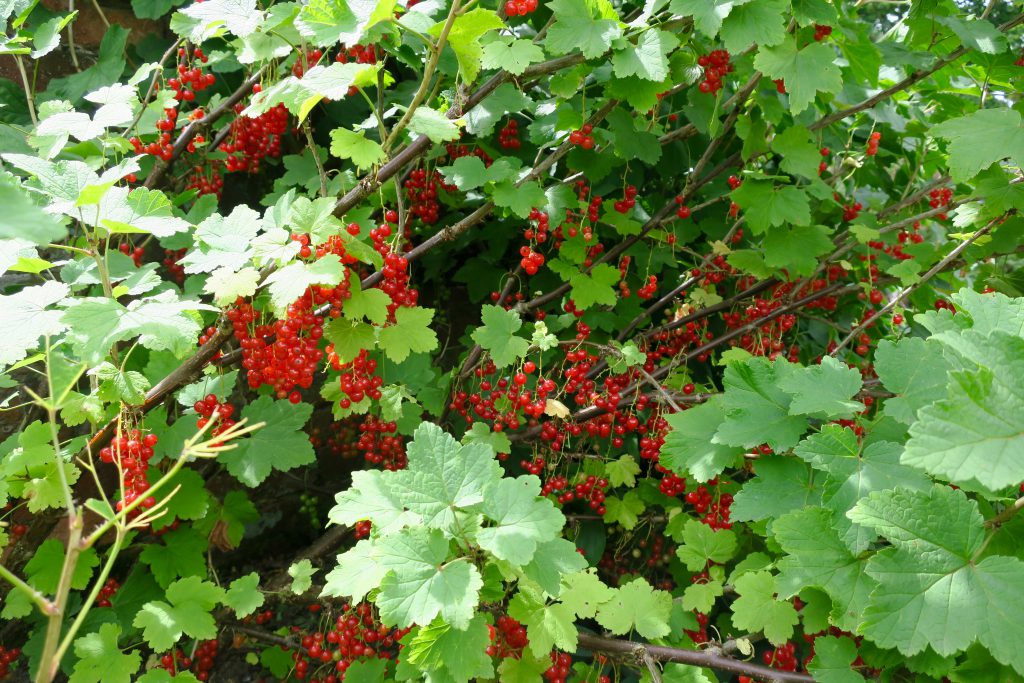
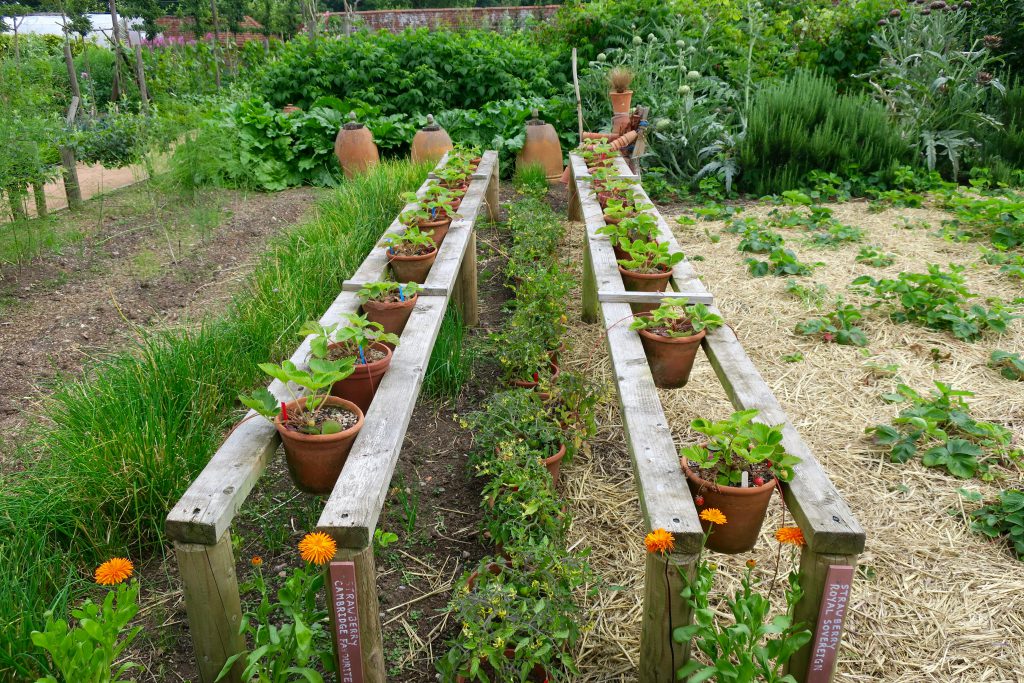
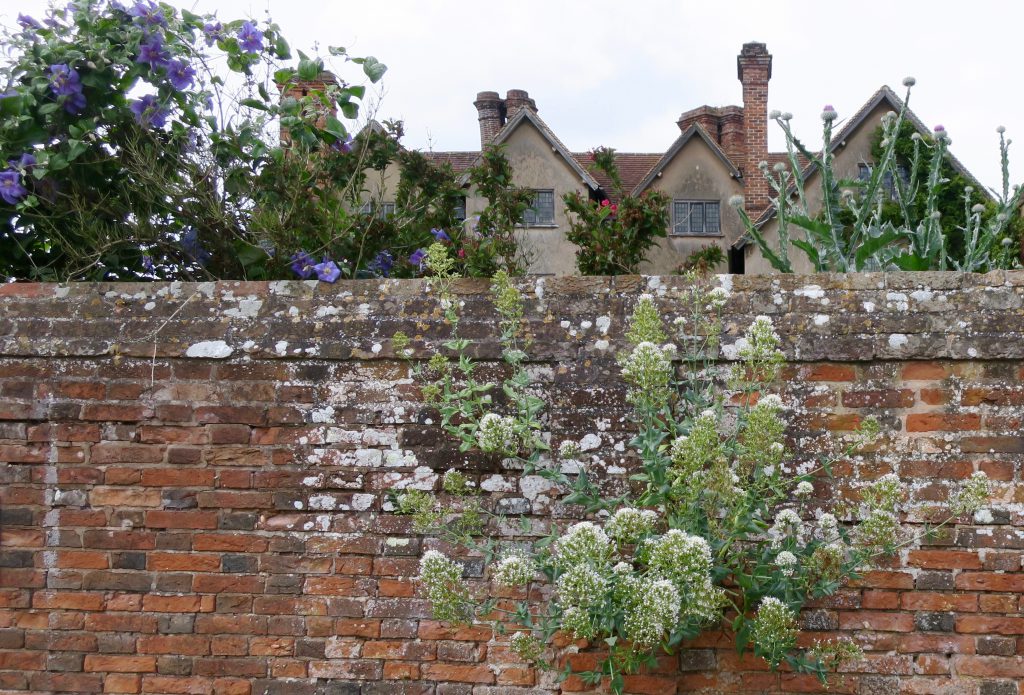
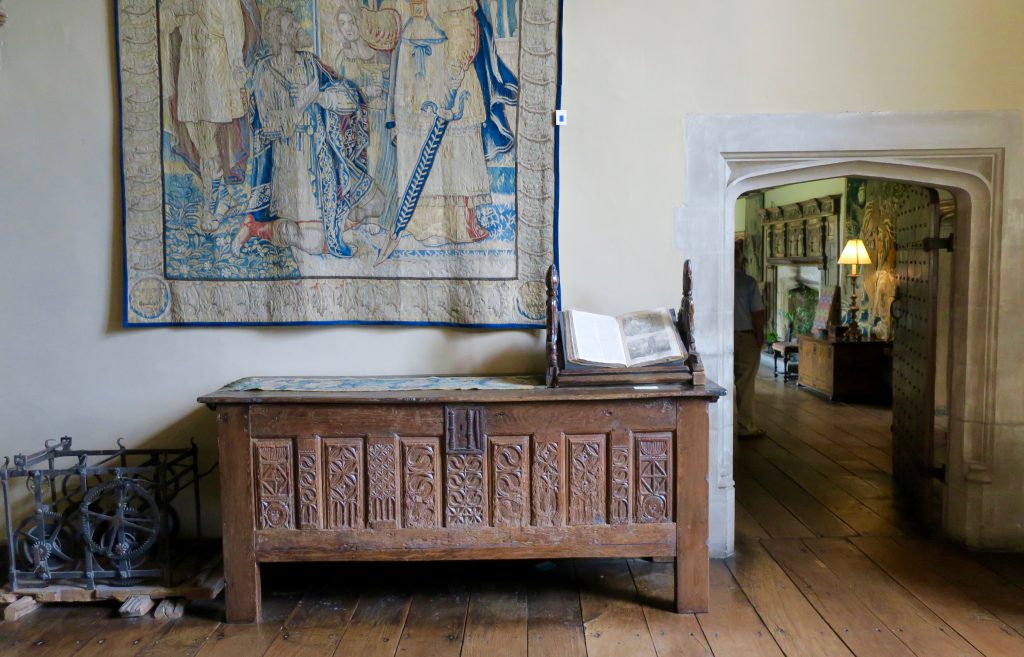
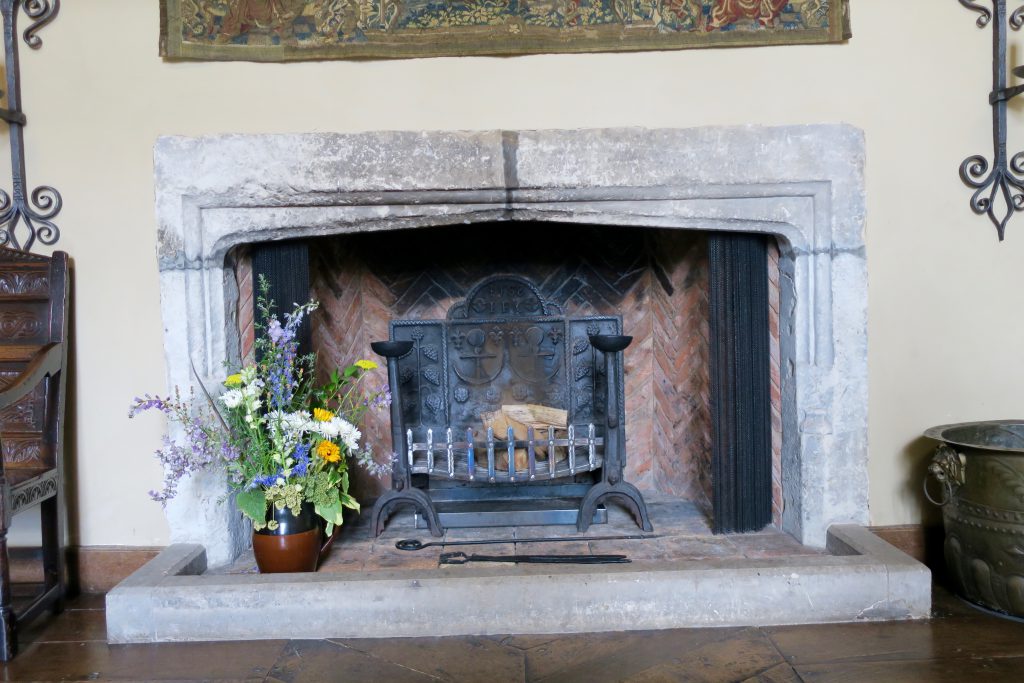
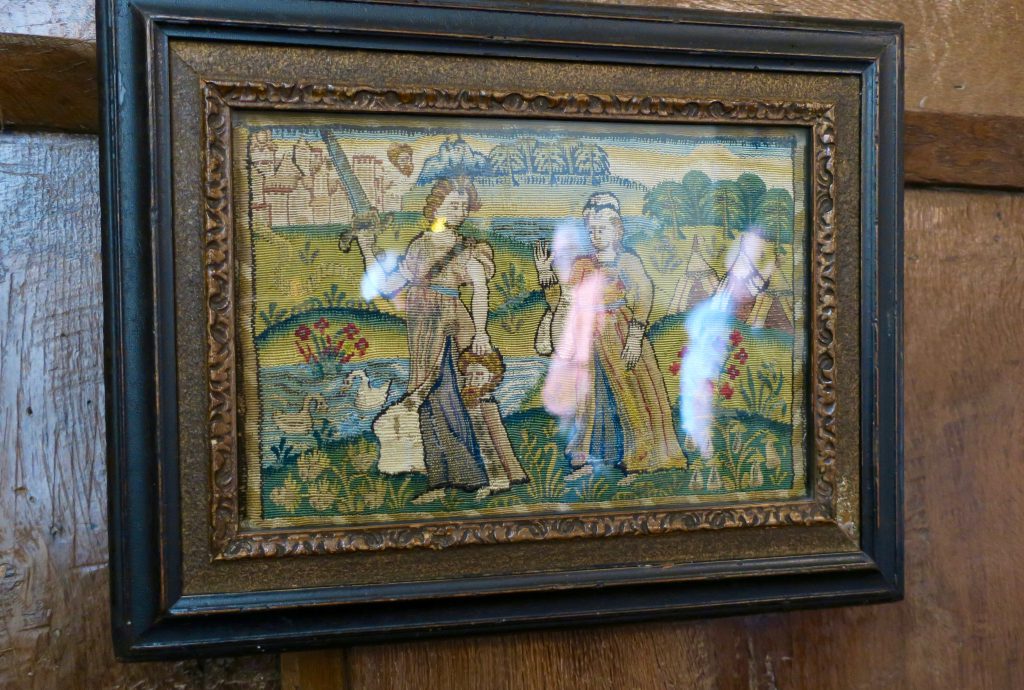
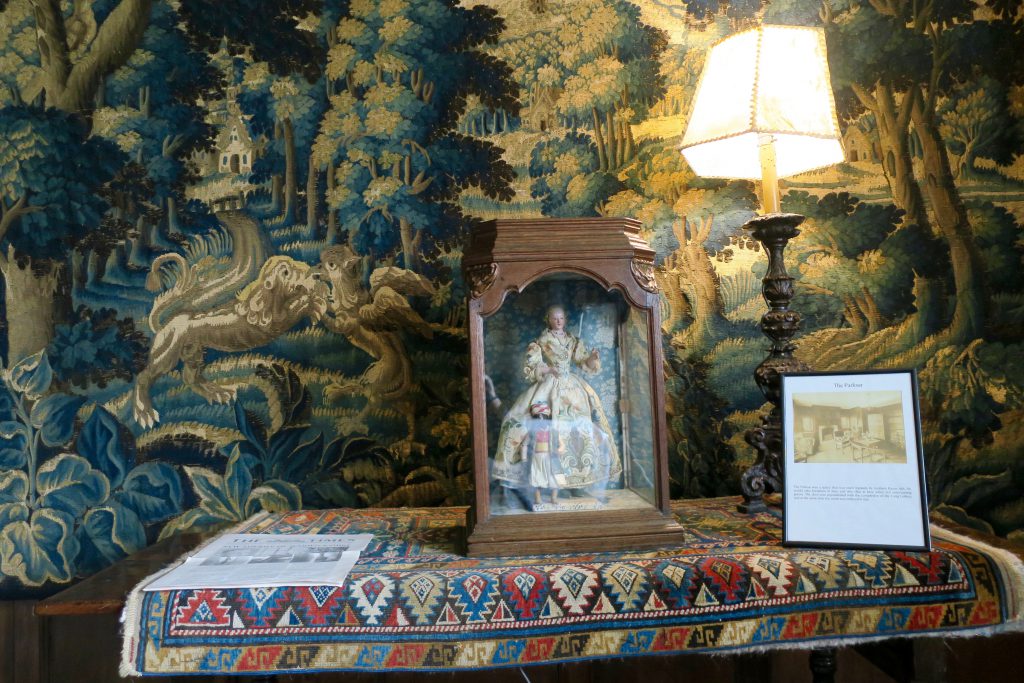
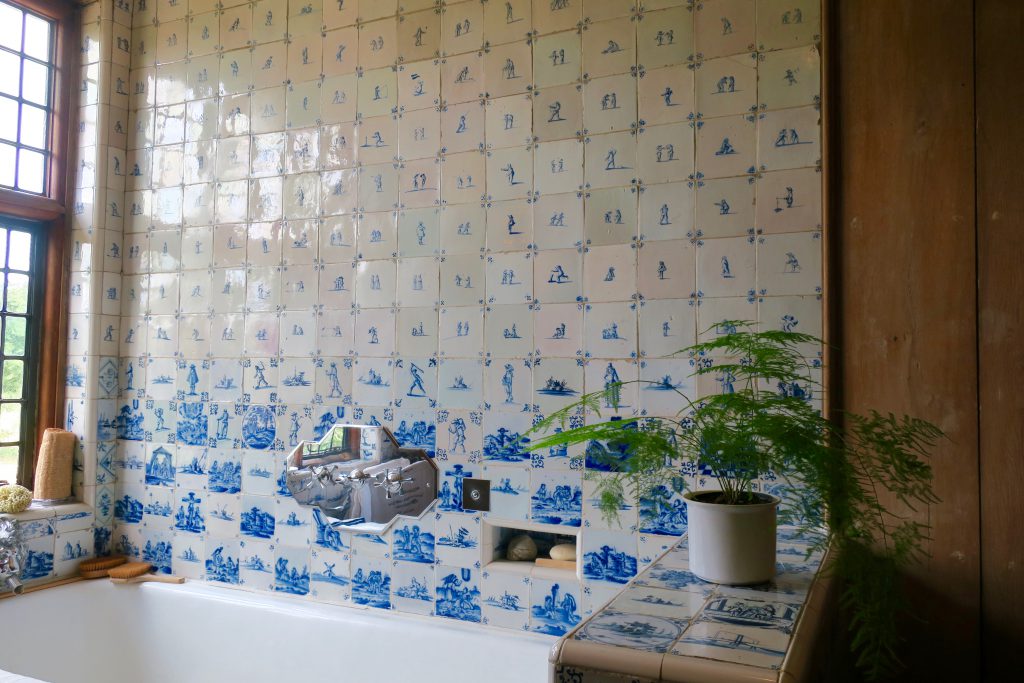
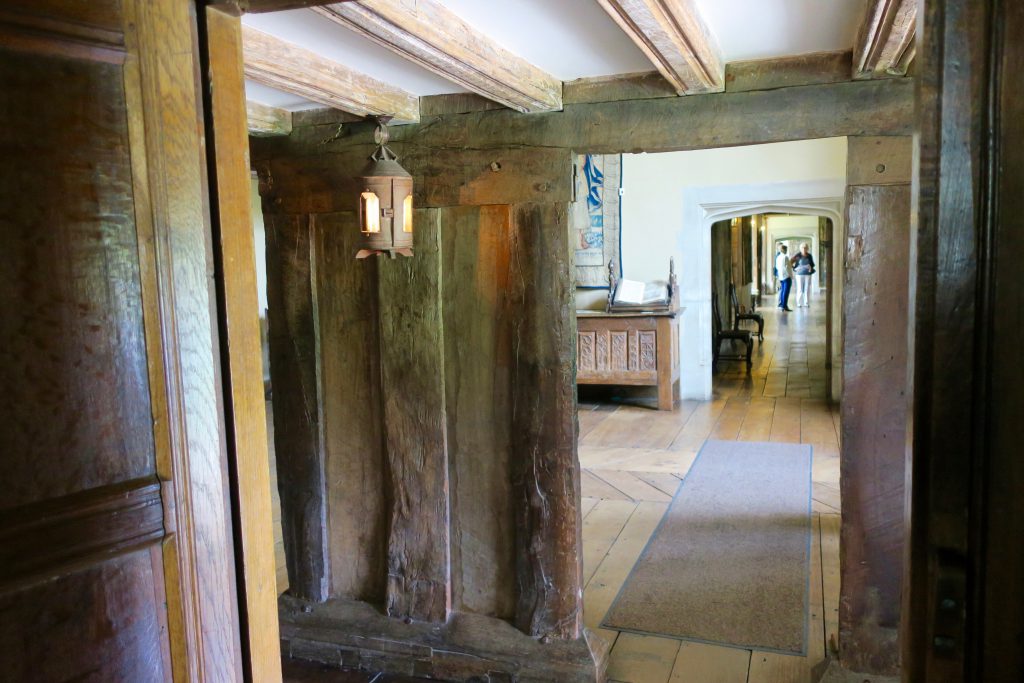
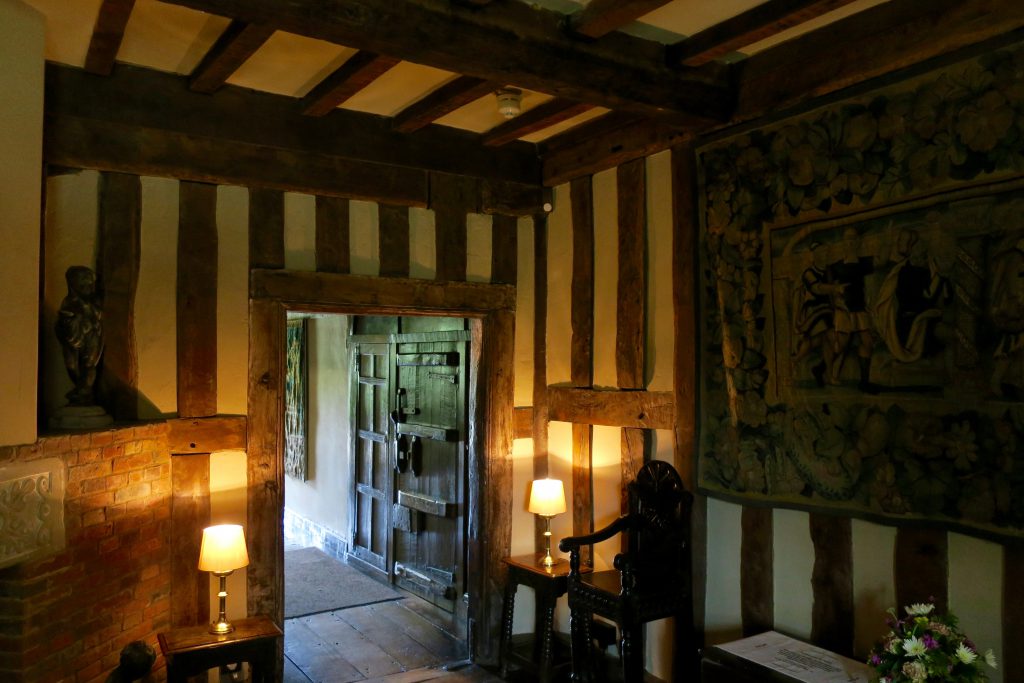
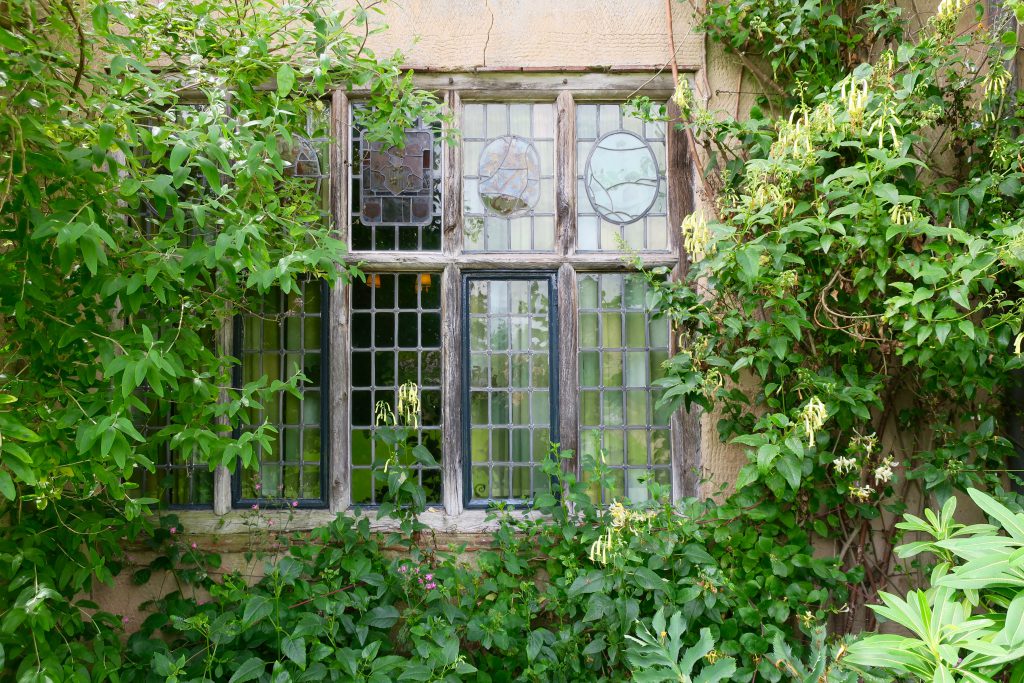
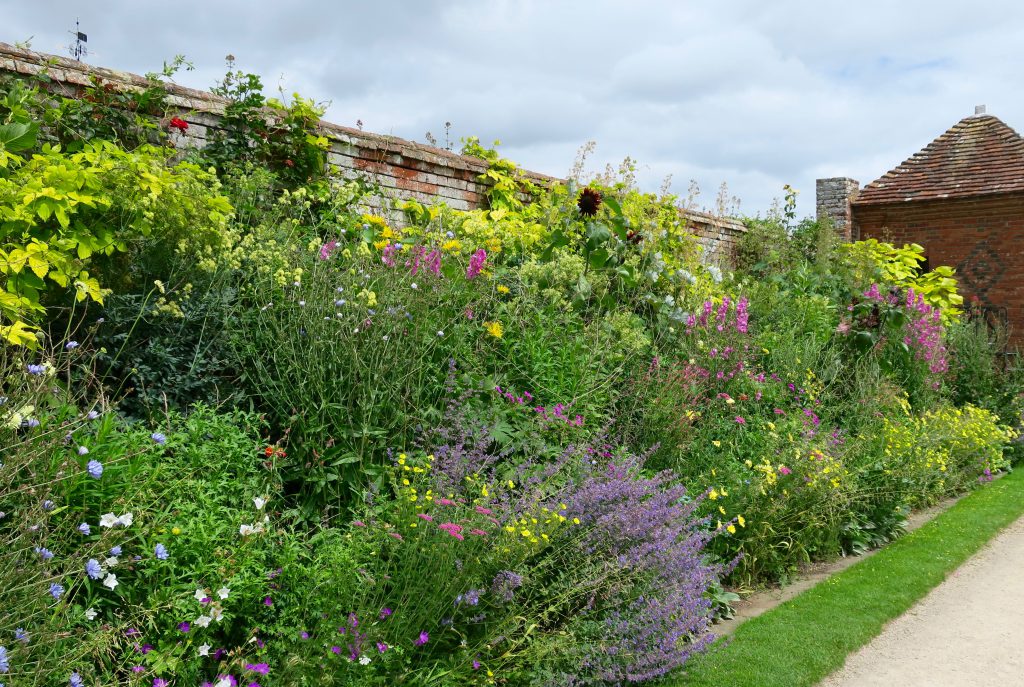
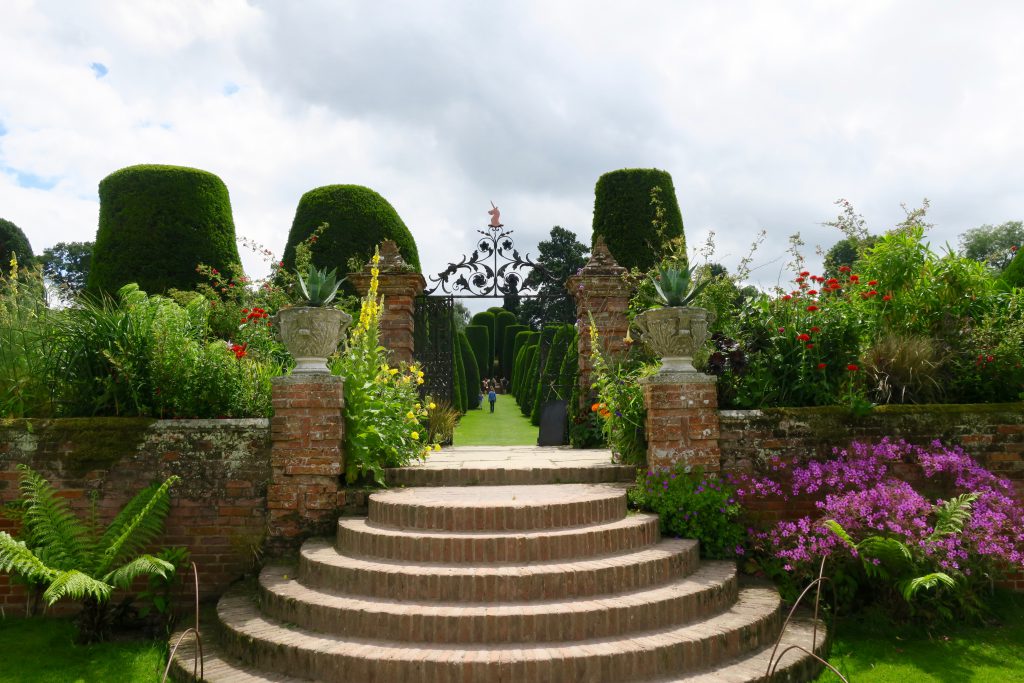
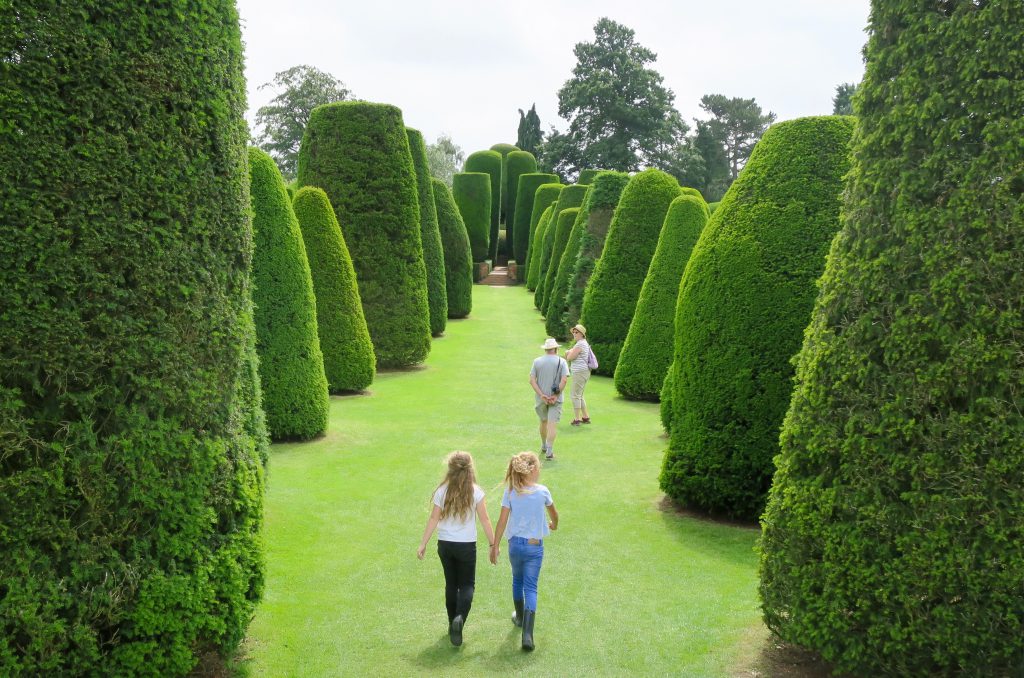
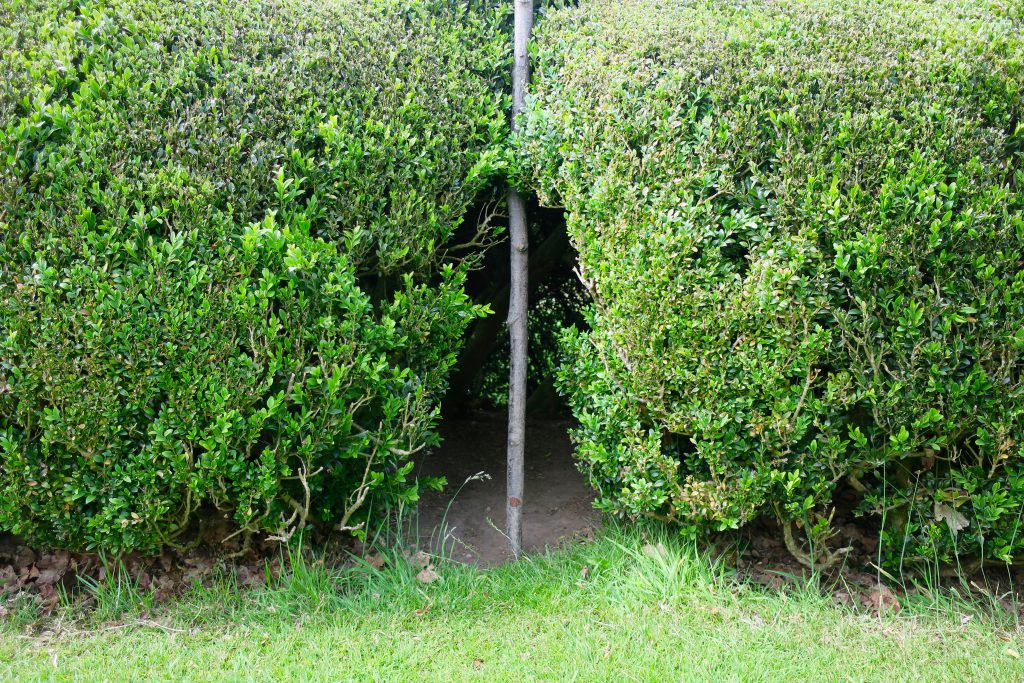
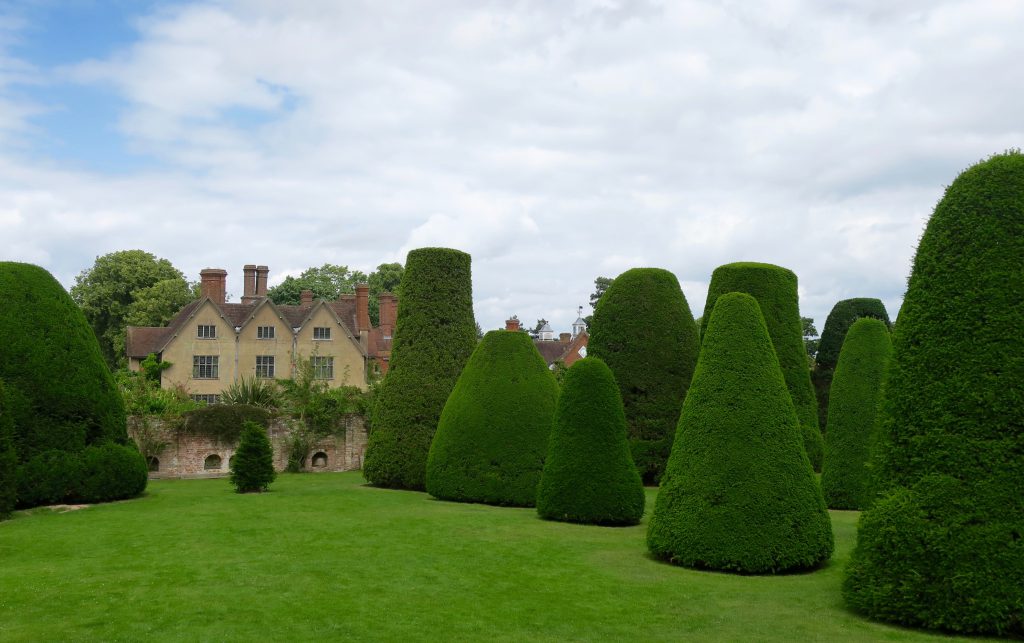
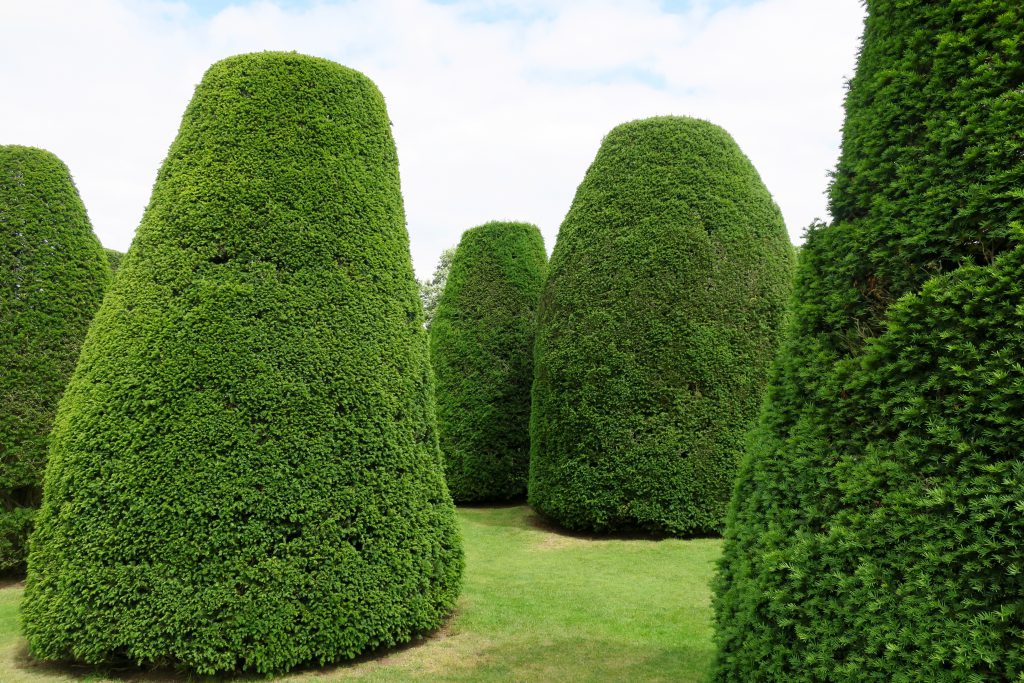
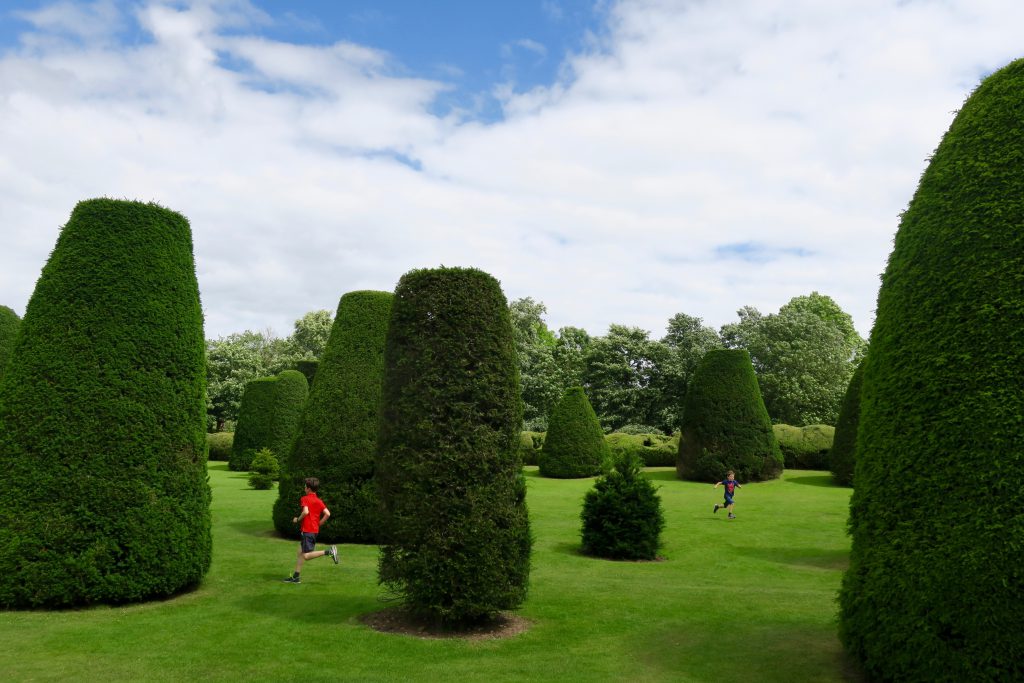
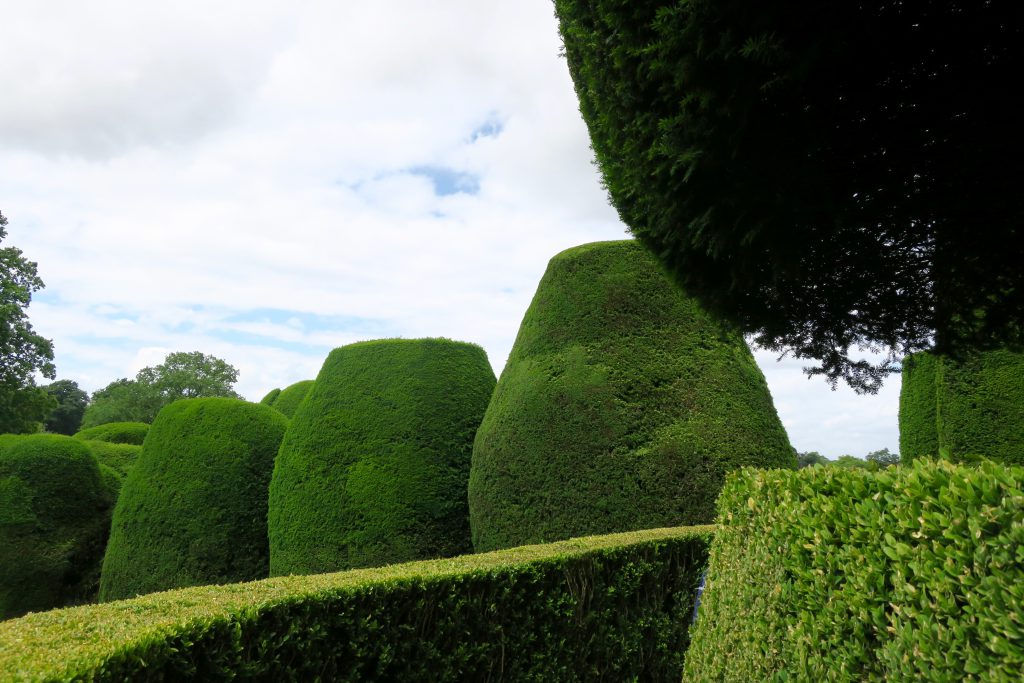
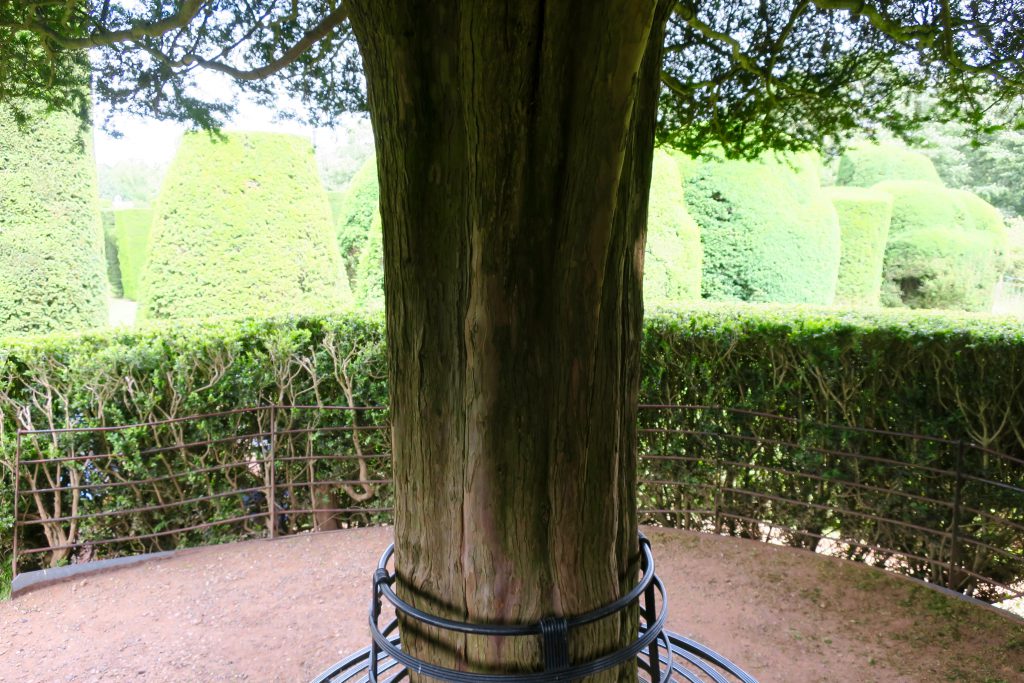
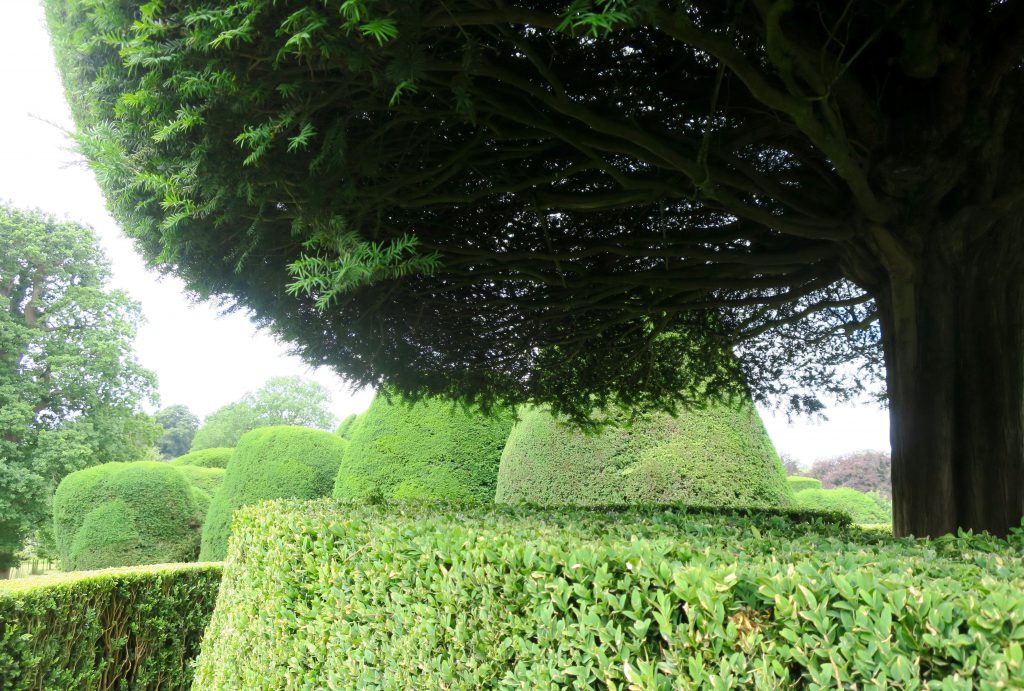
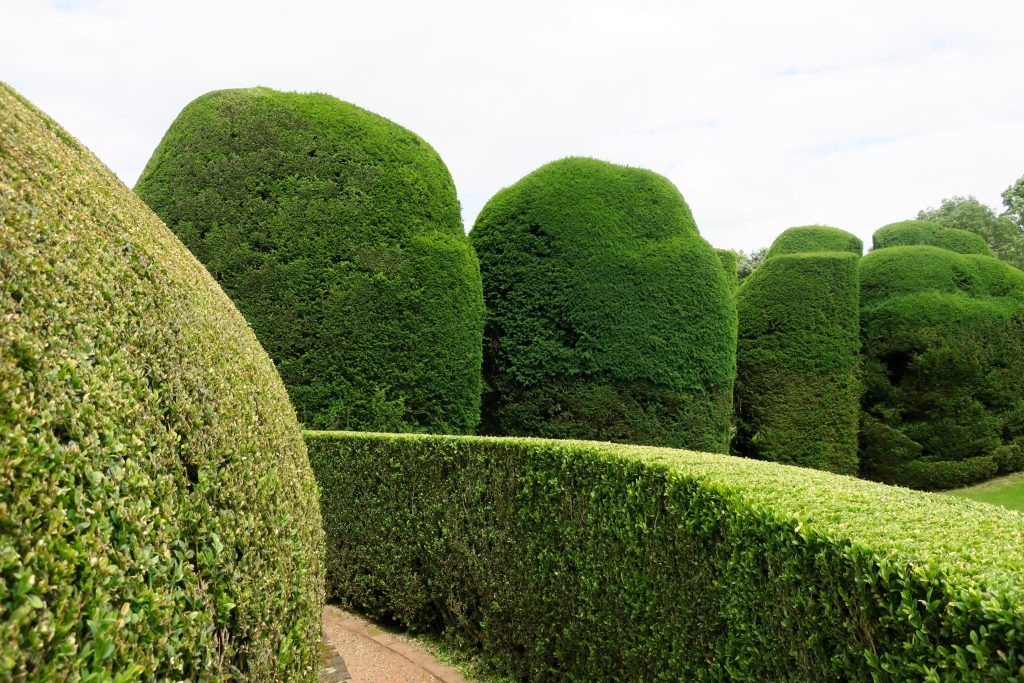
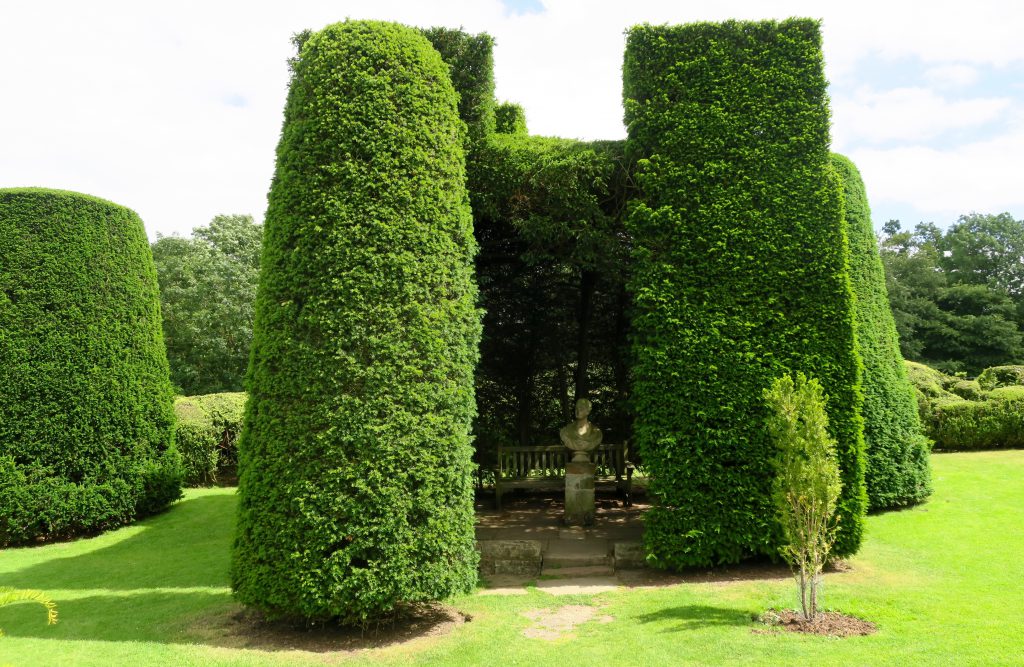
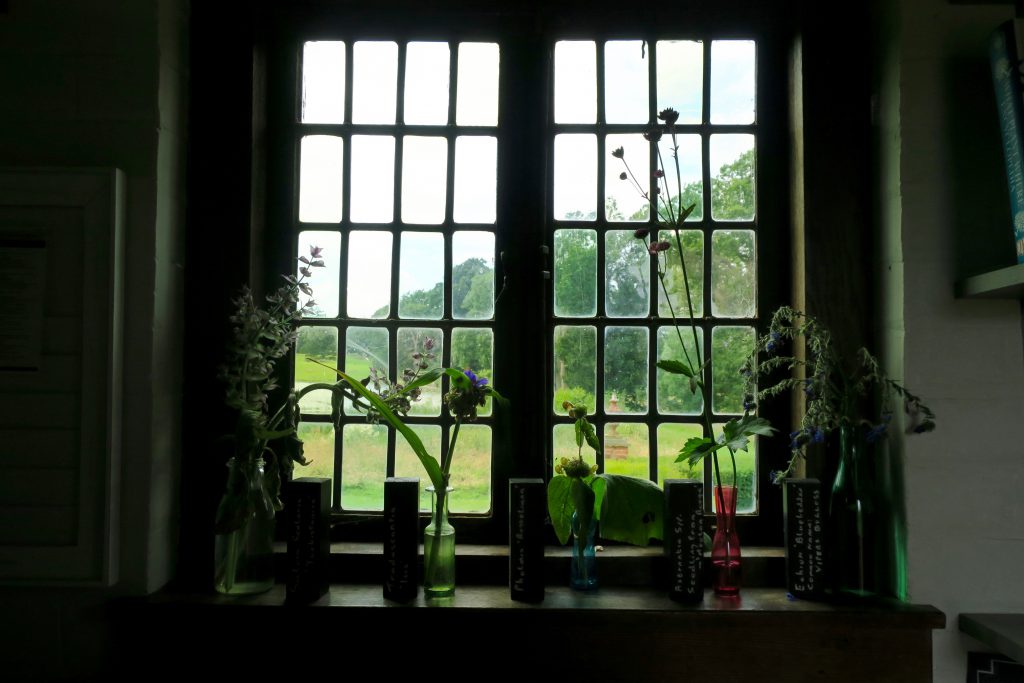
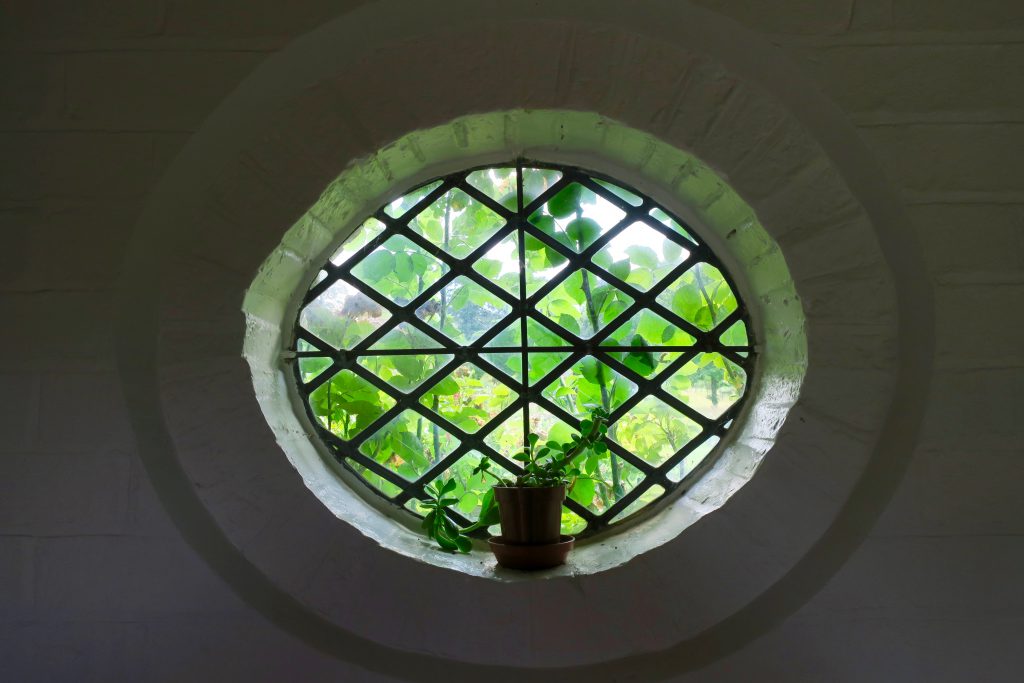
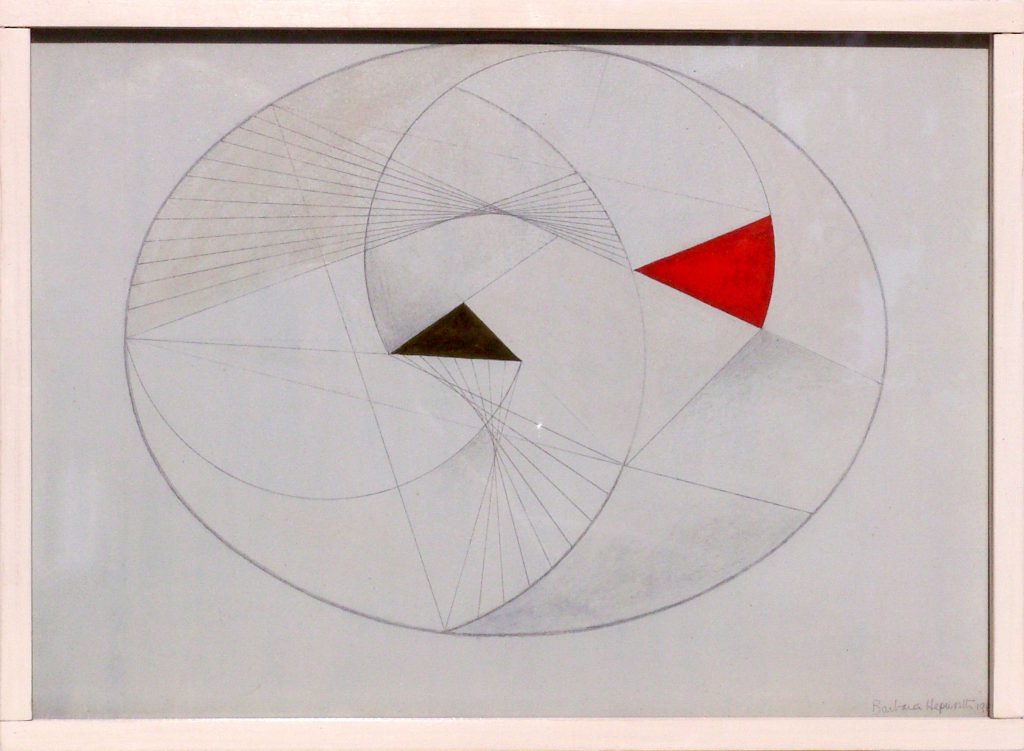
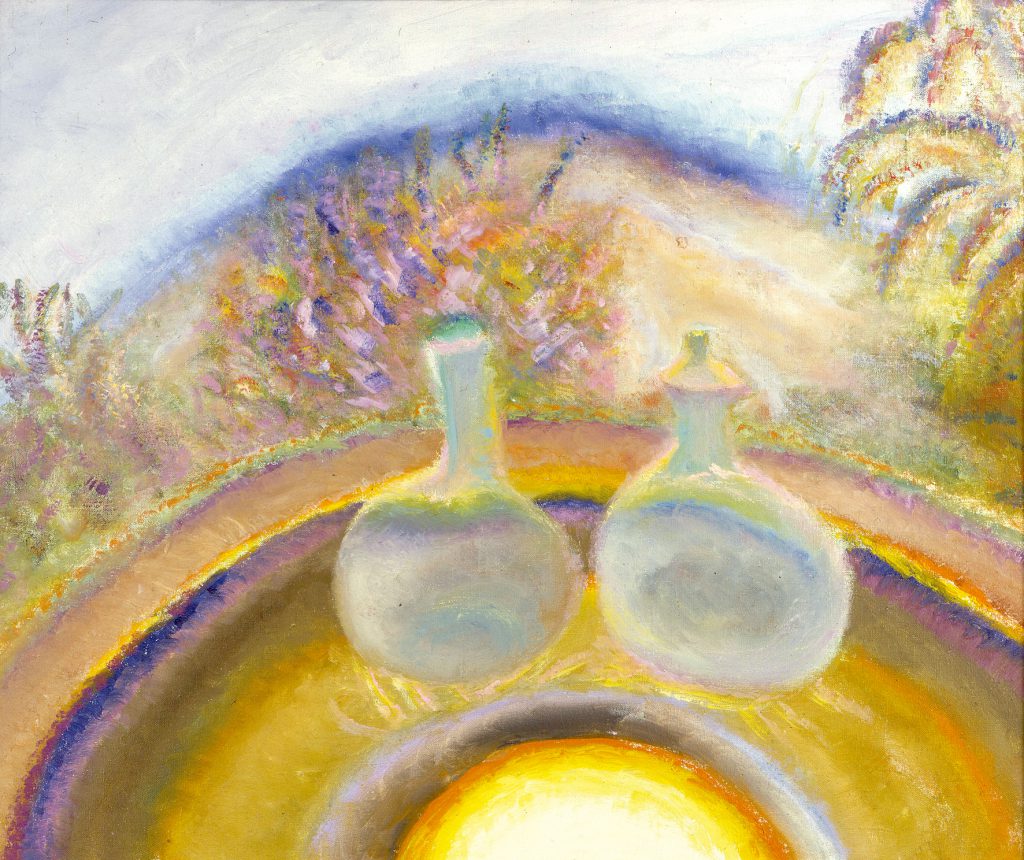
The tiles around the bath are very interesting. There seems none that are duplicate, and they get more elaborate the closer they get to the bottom.